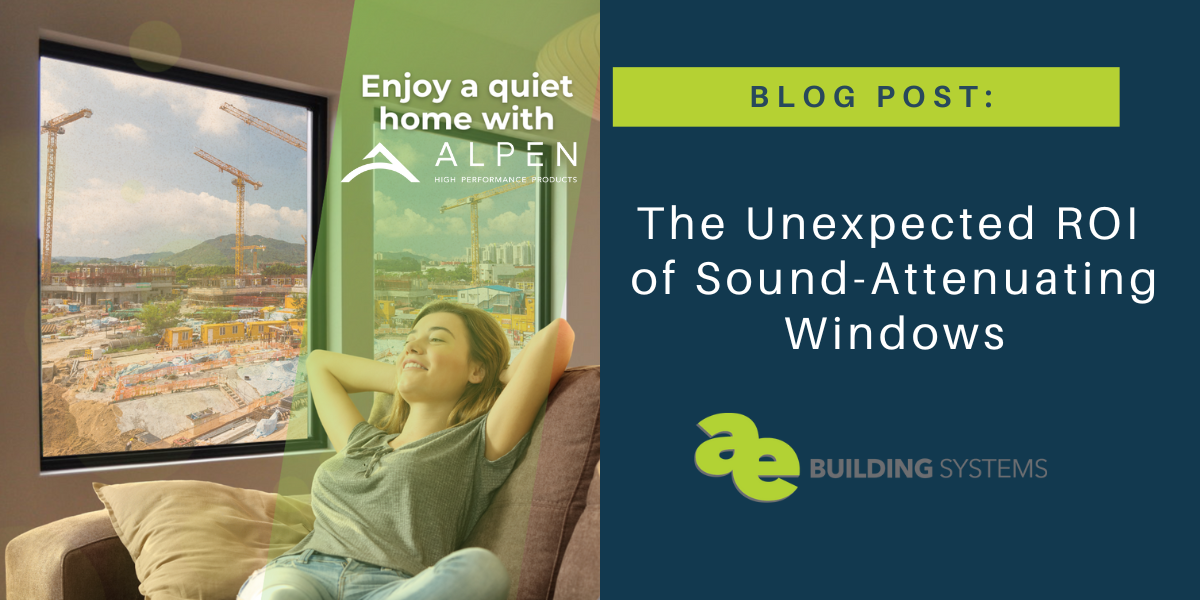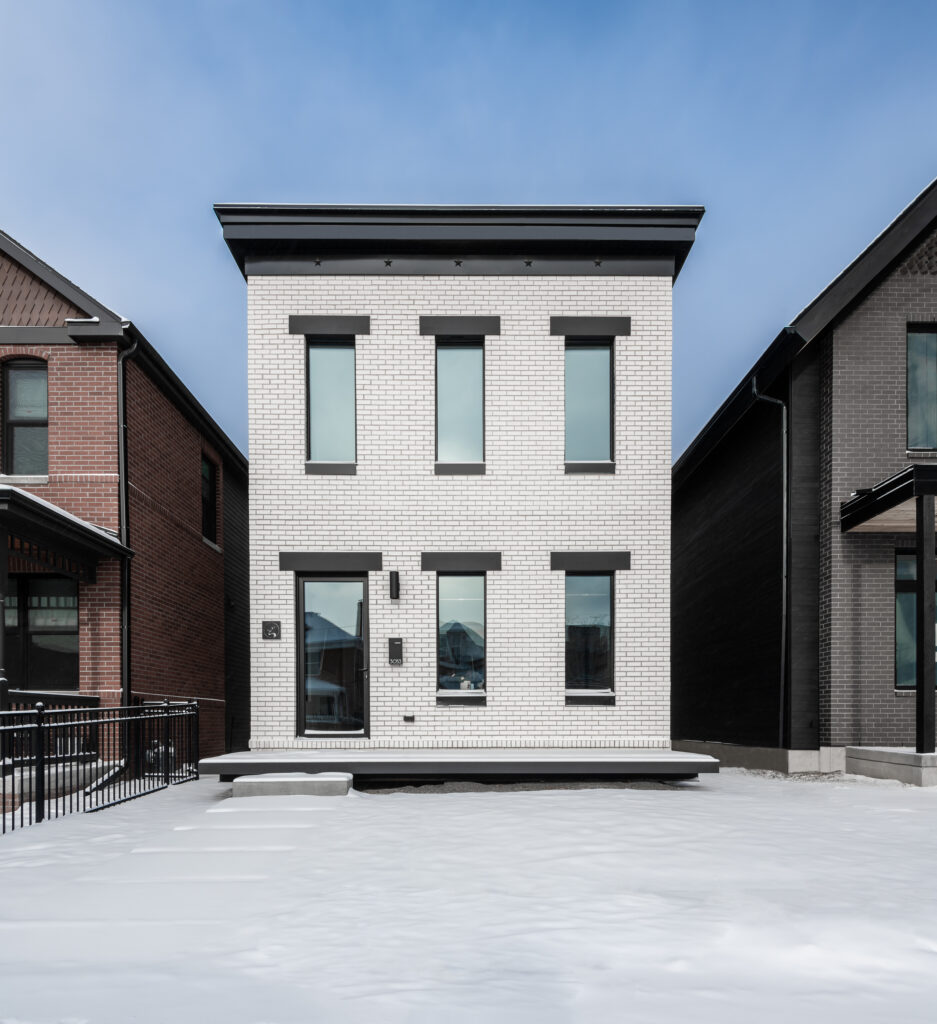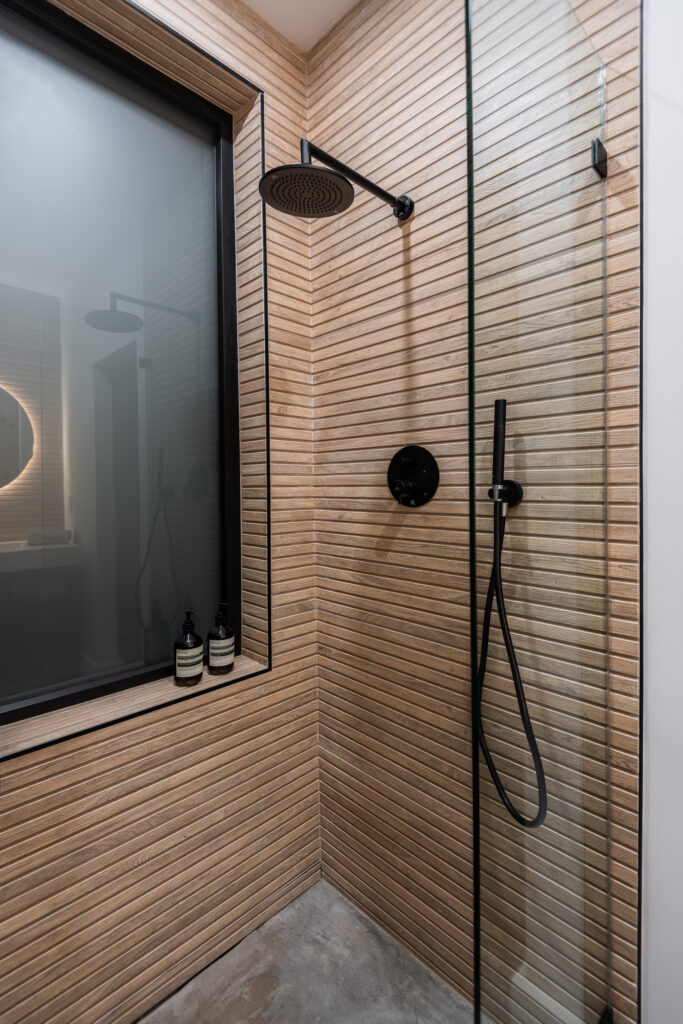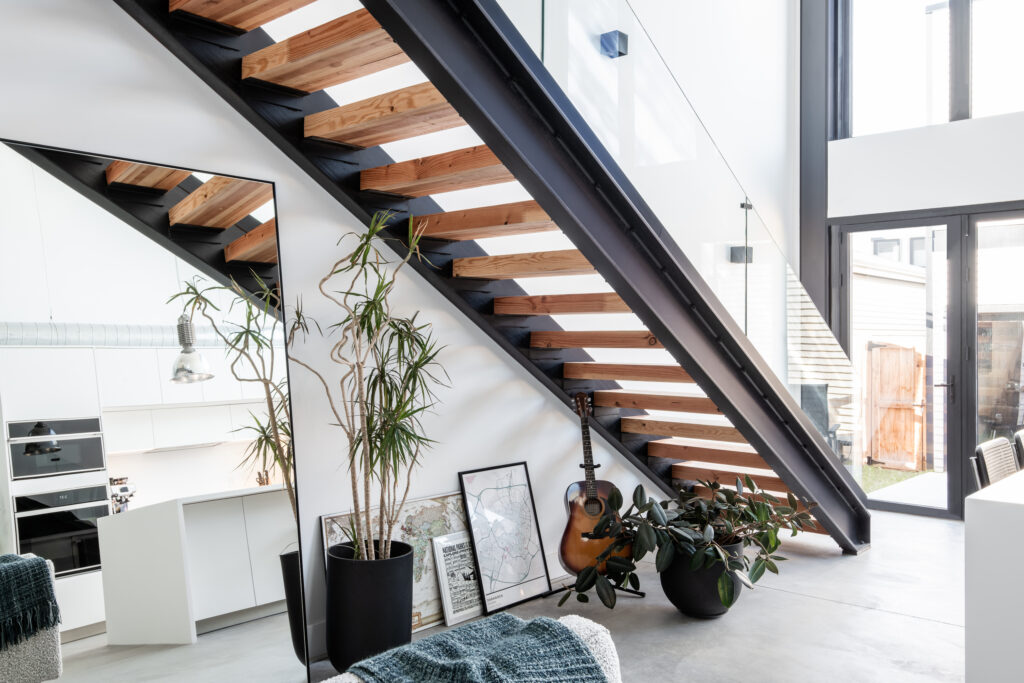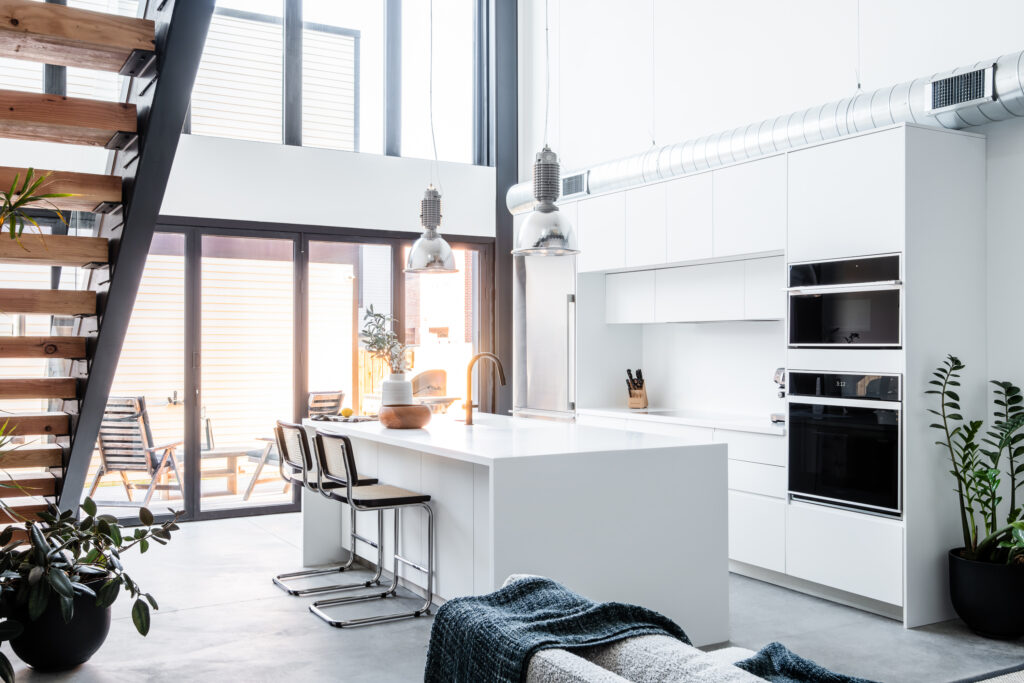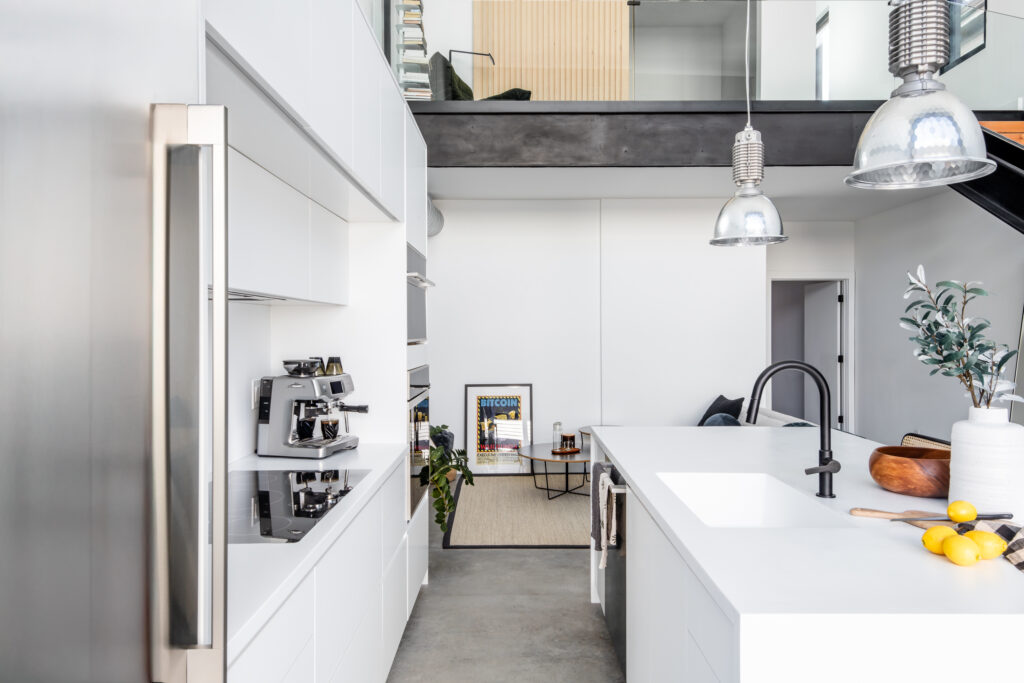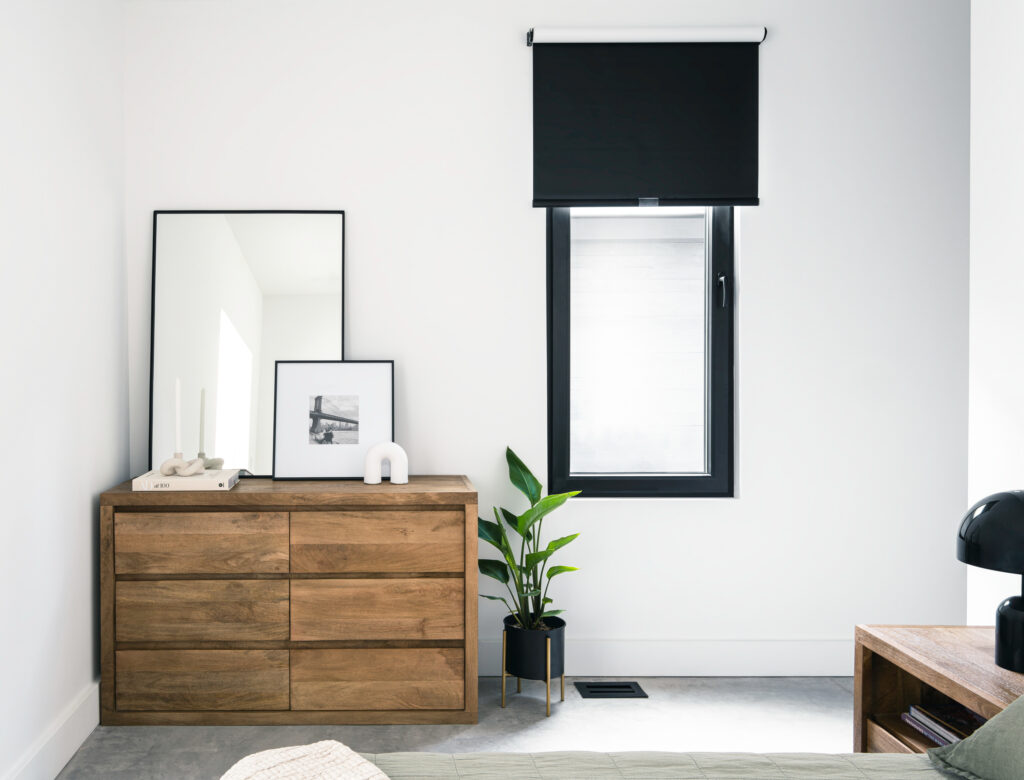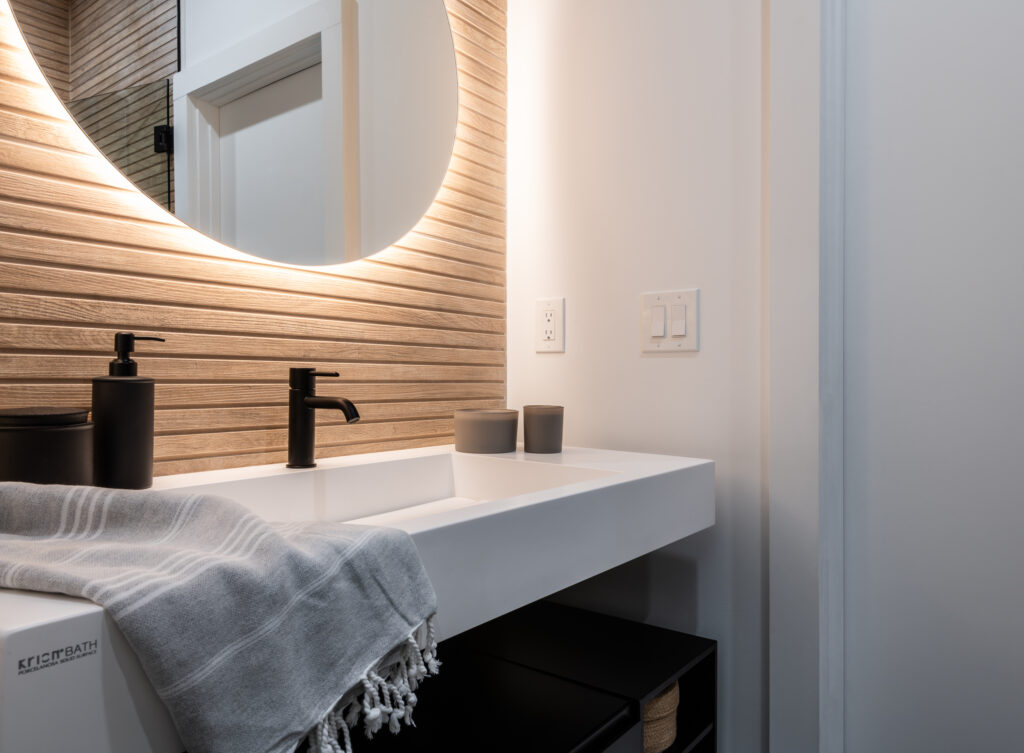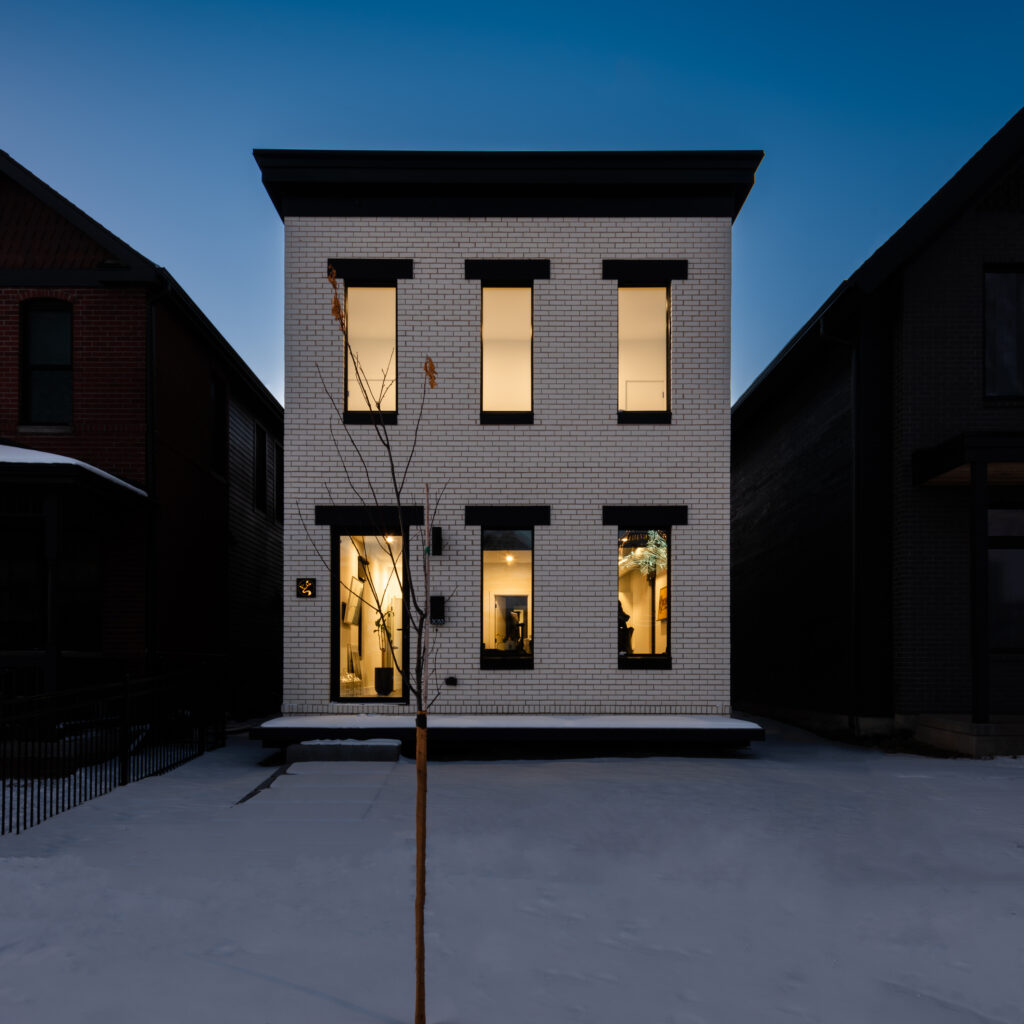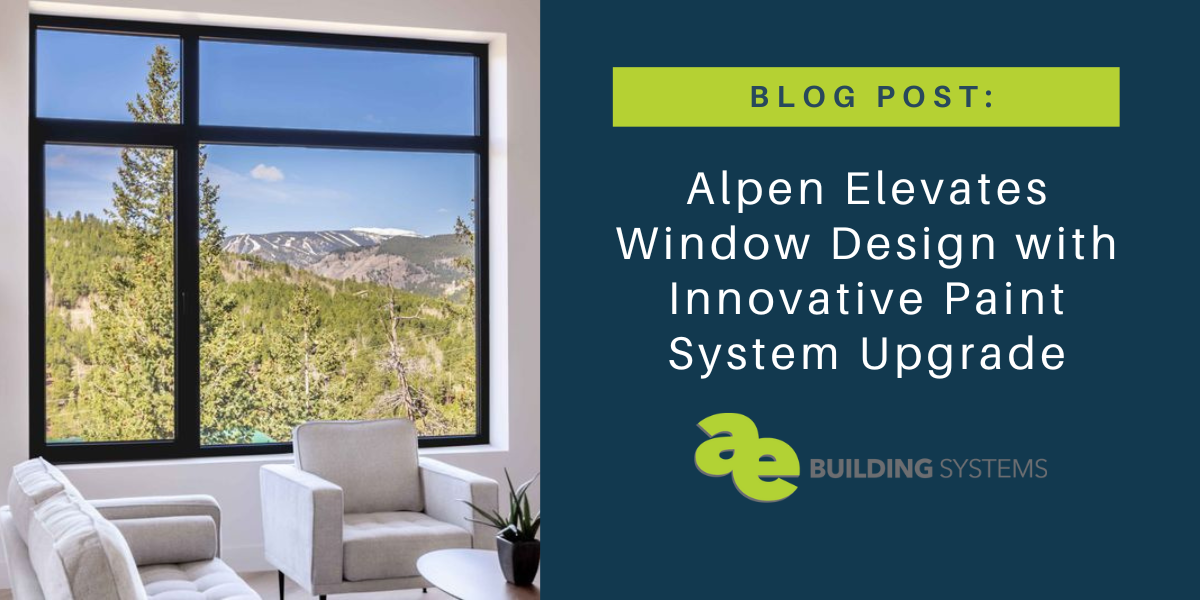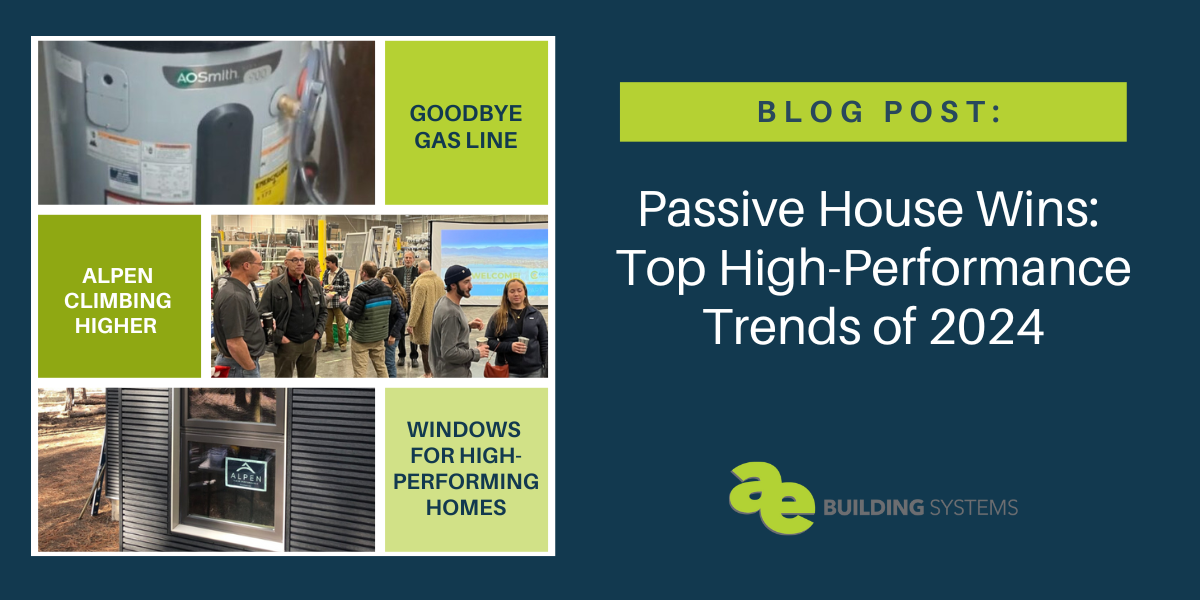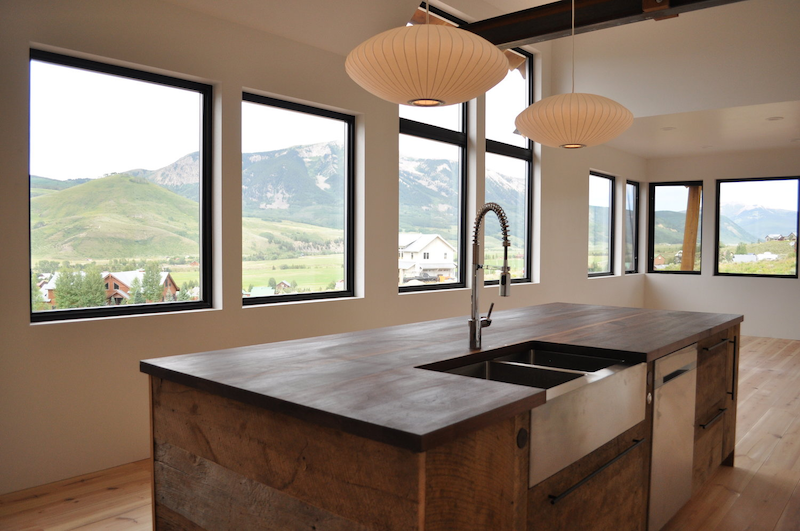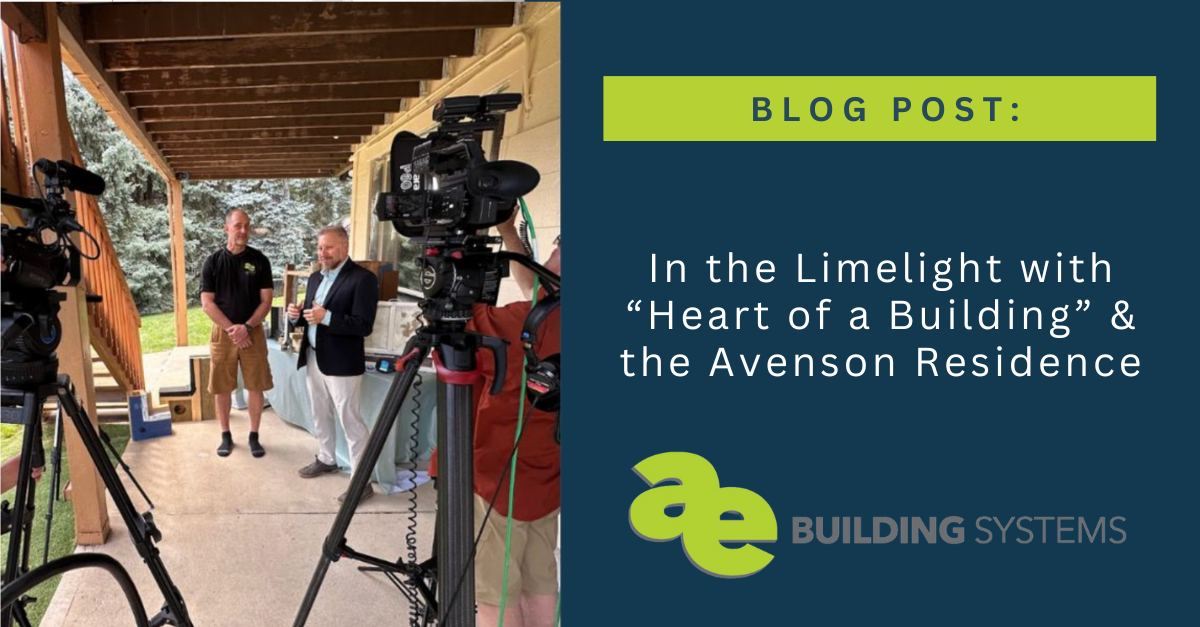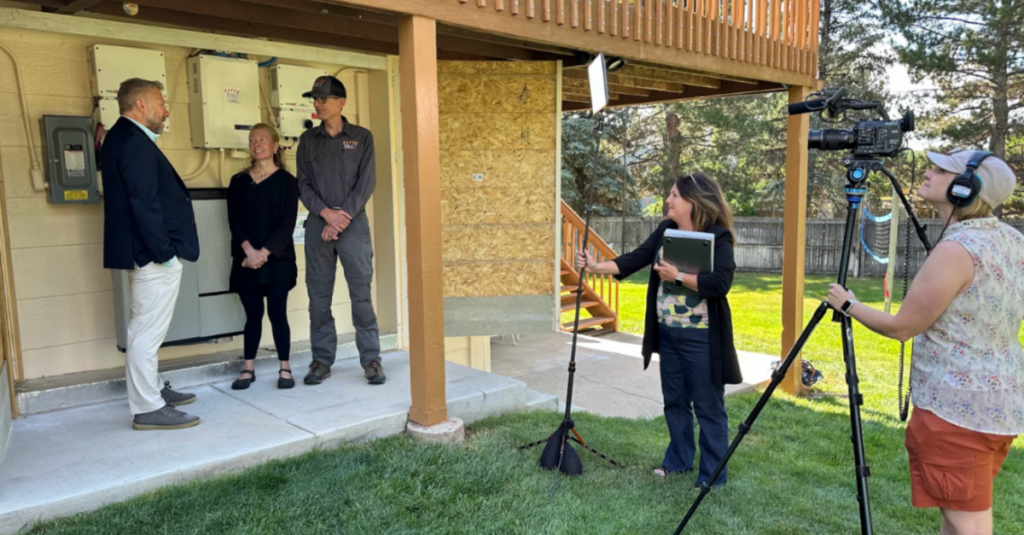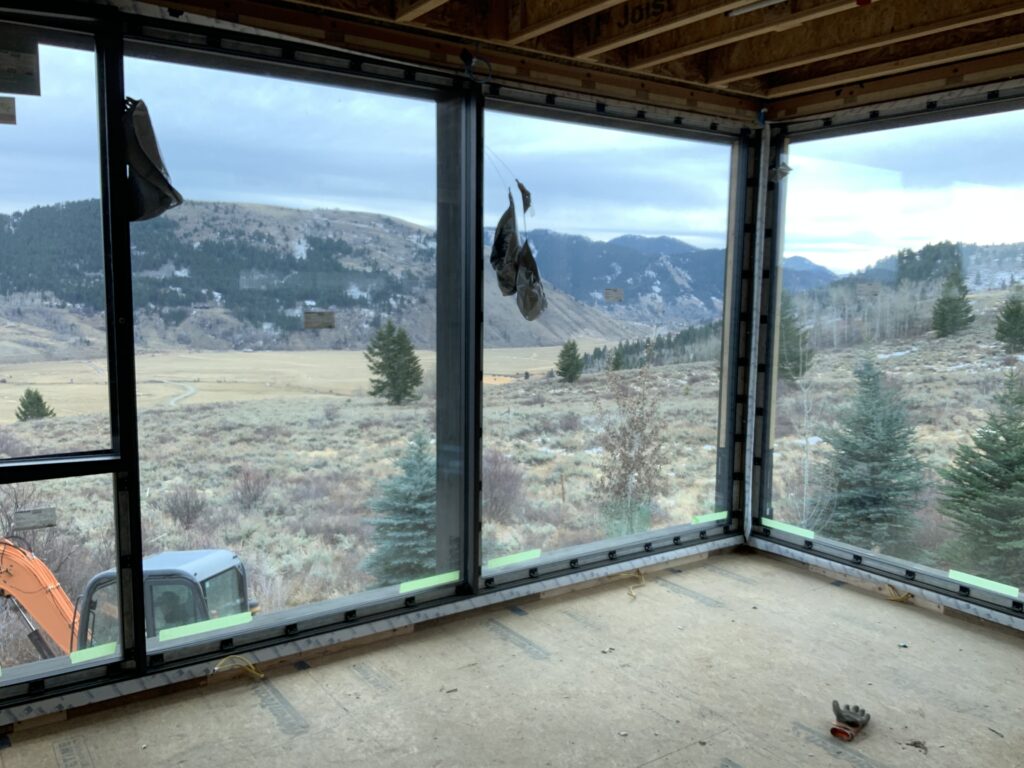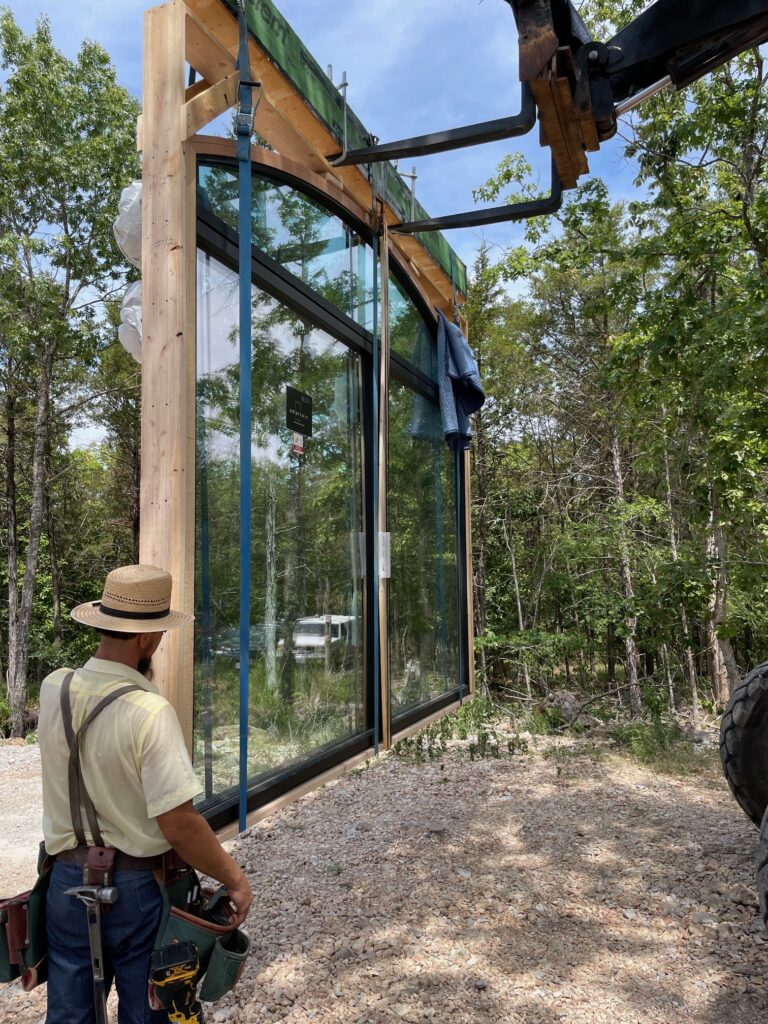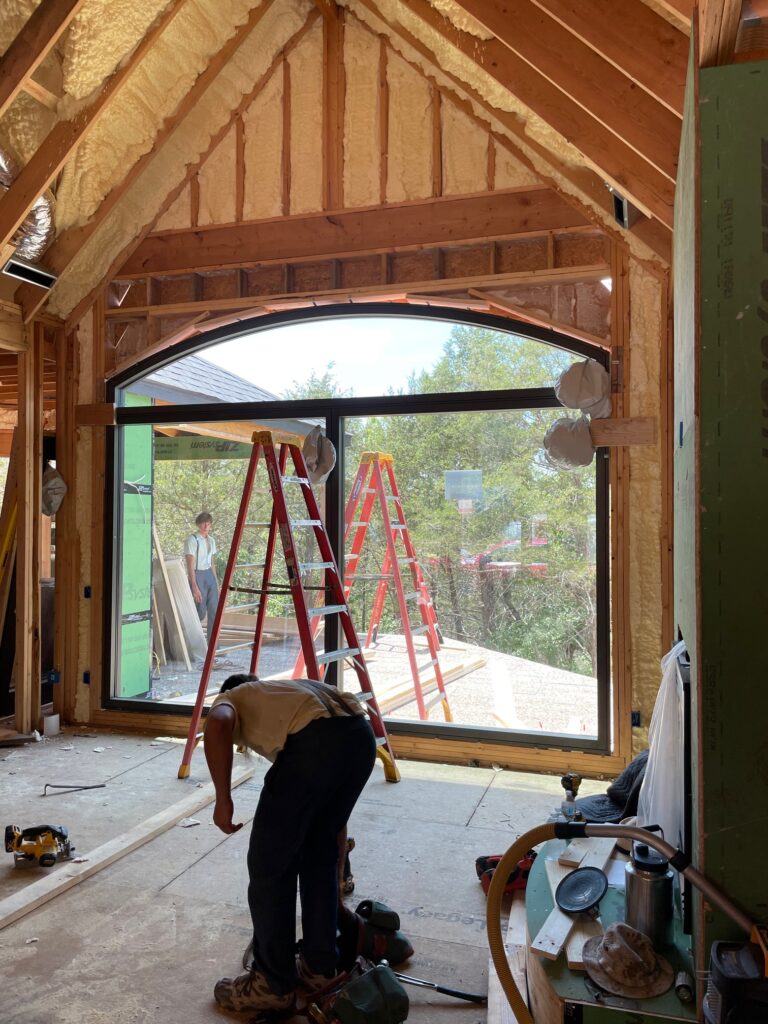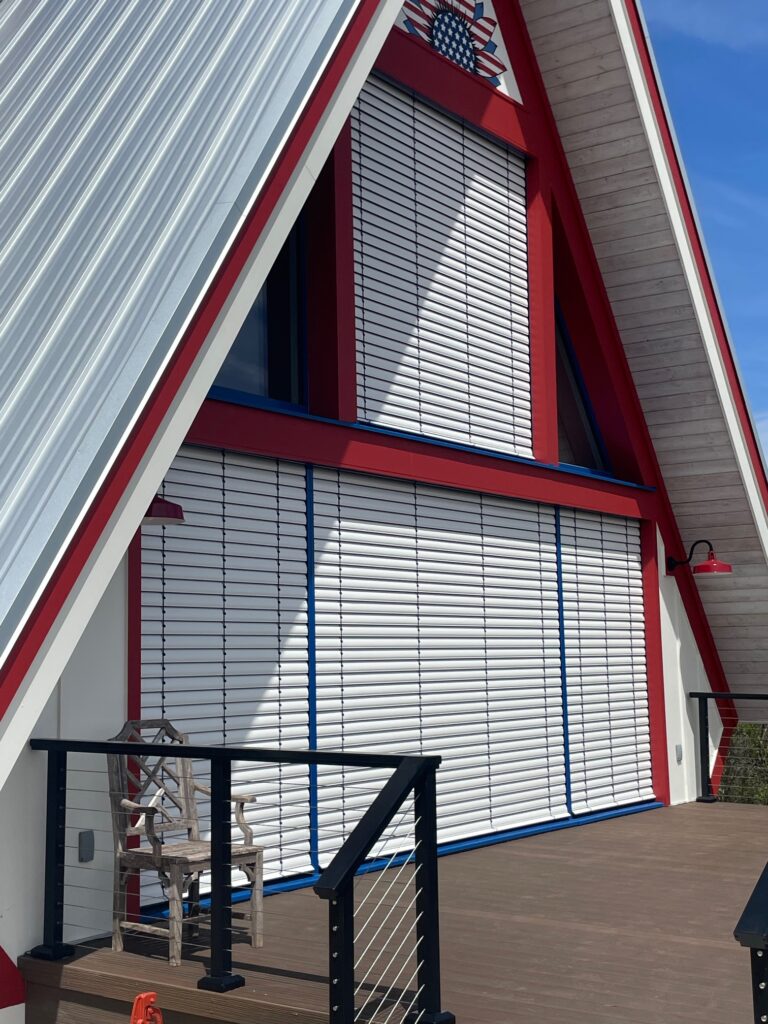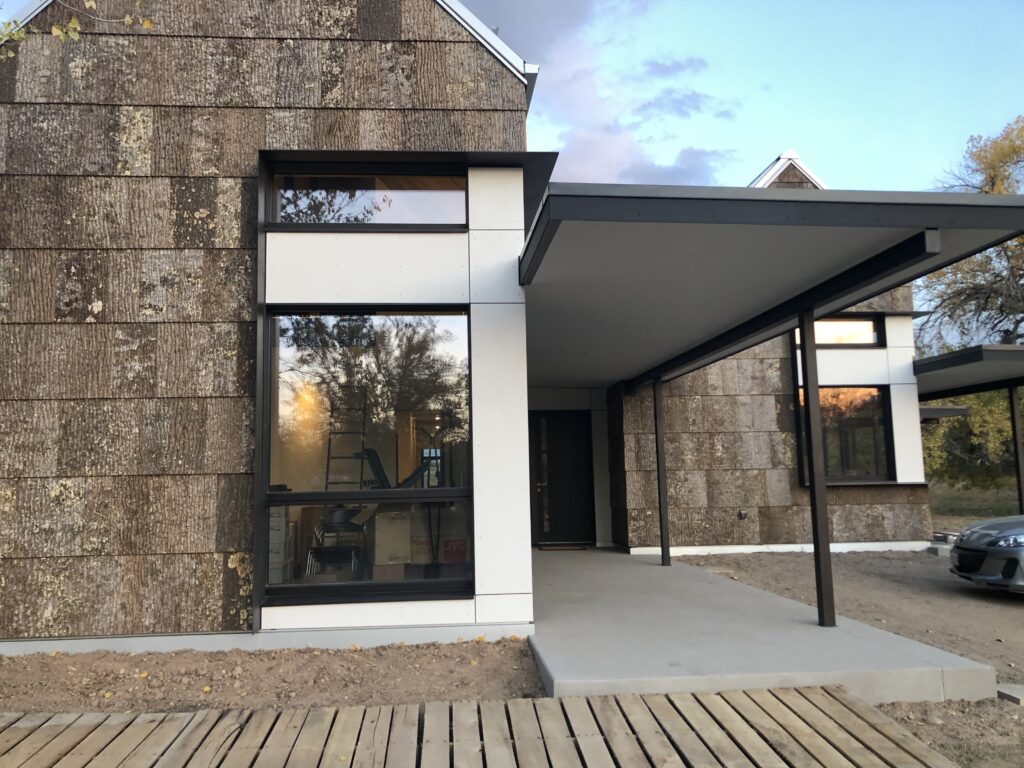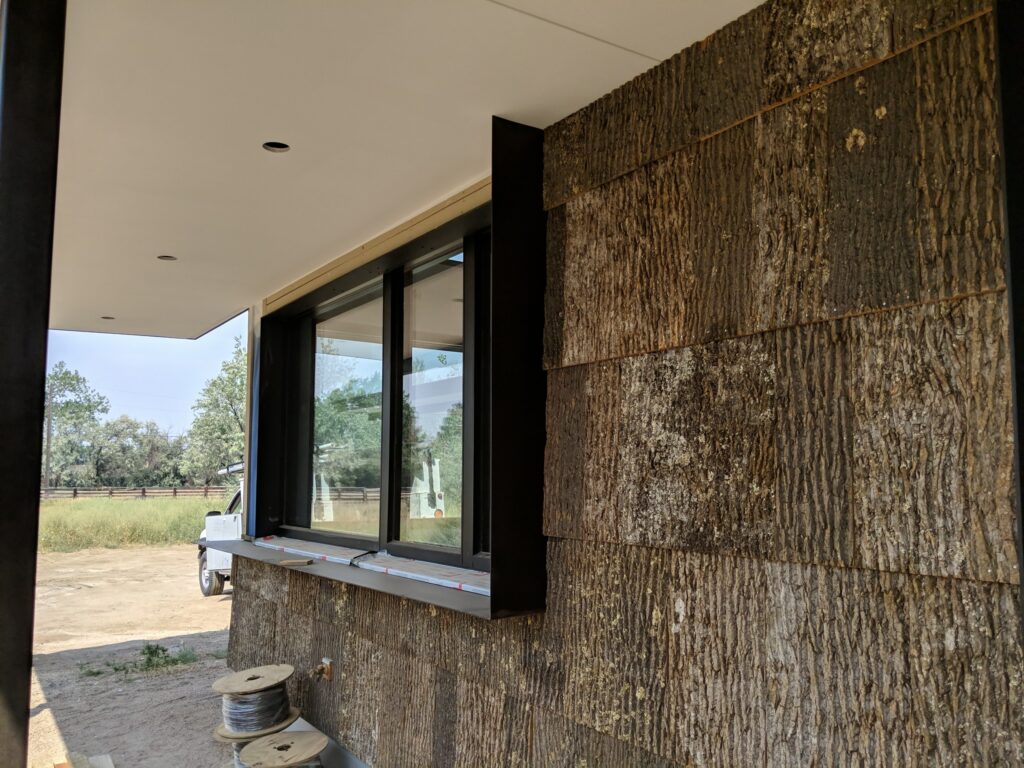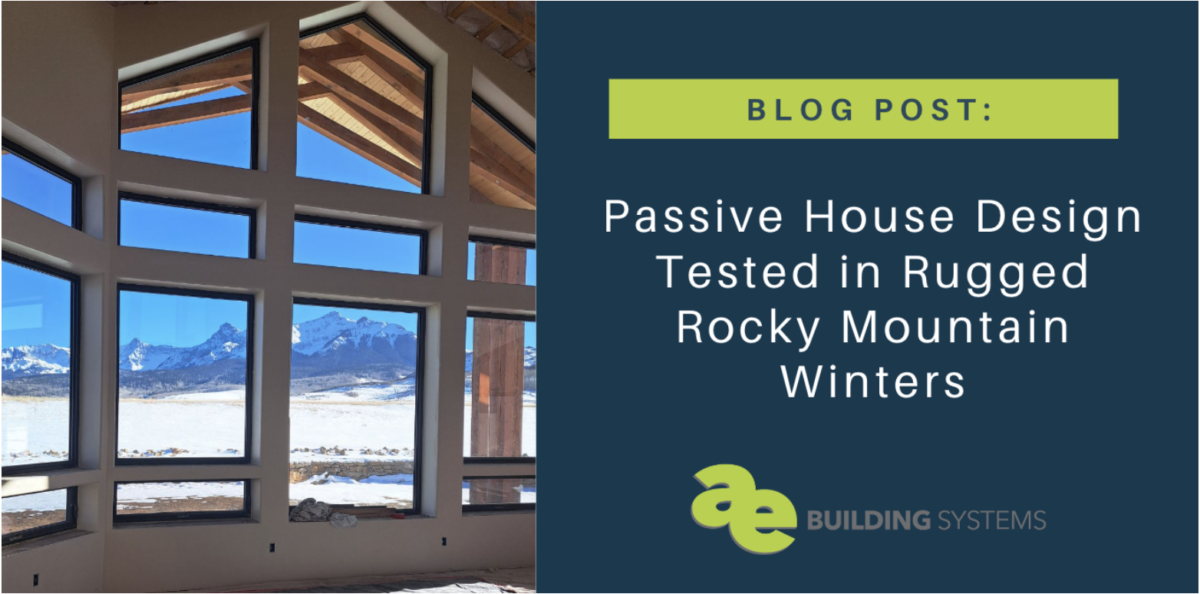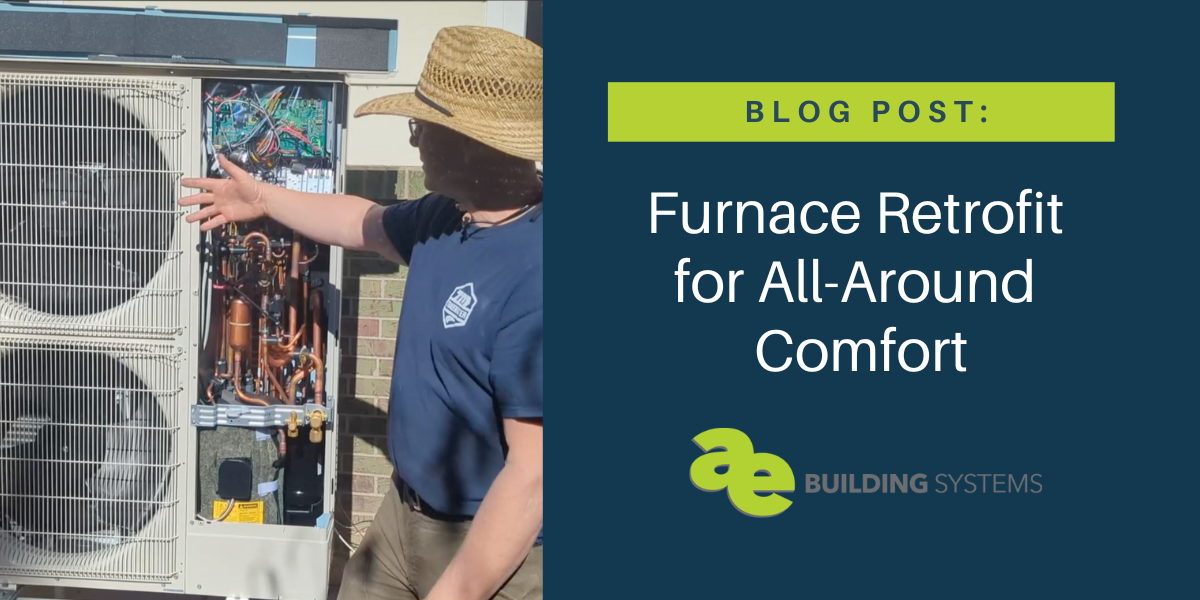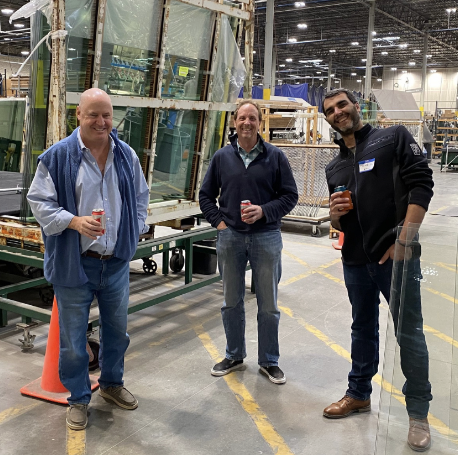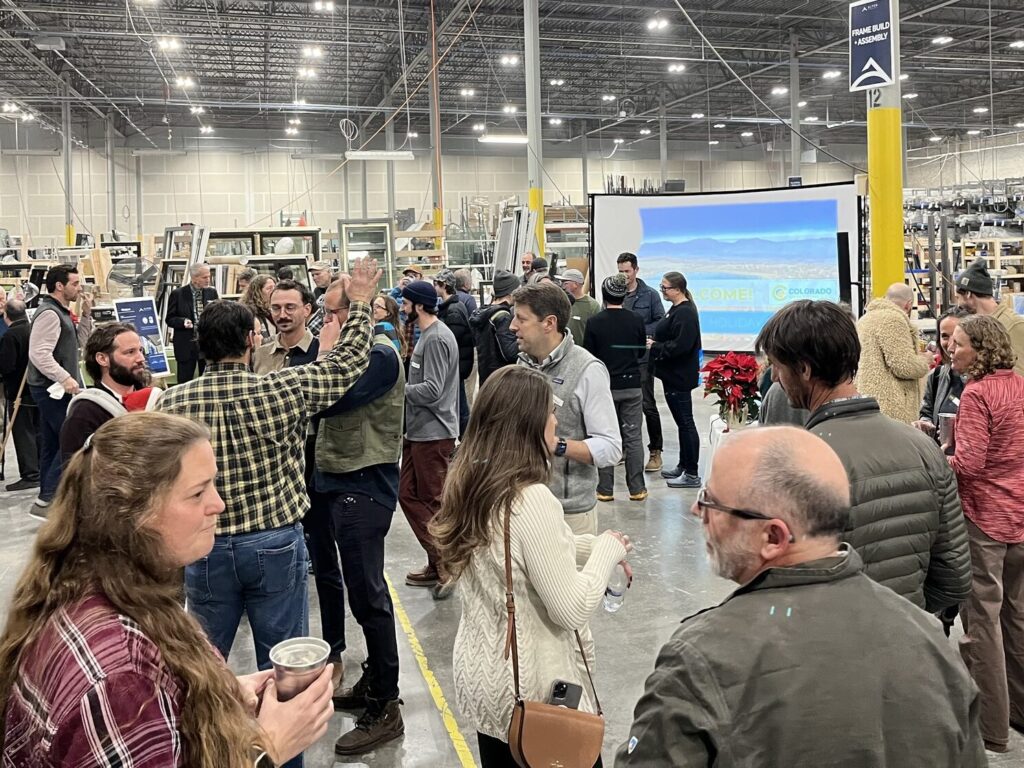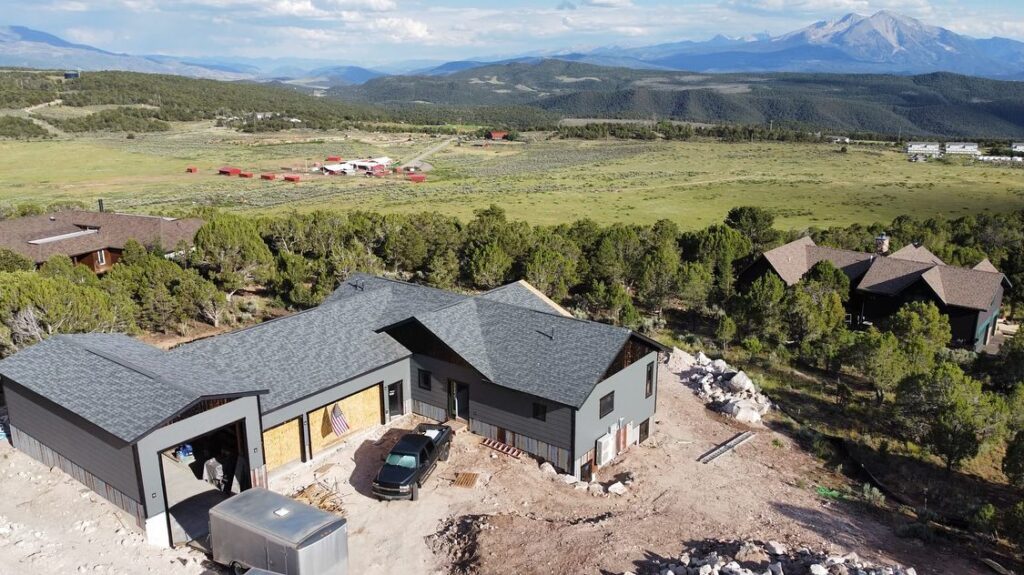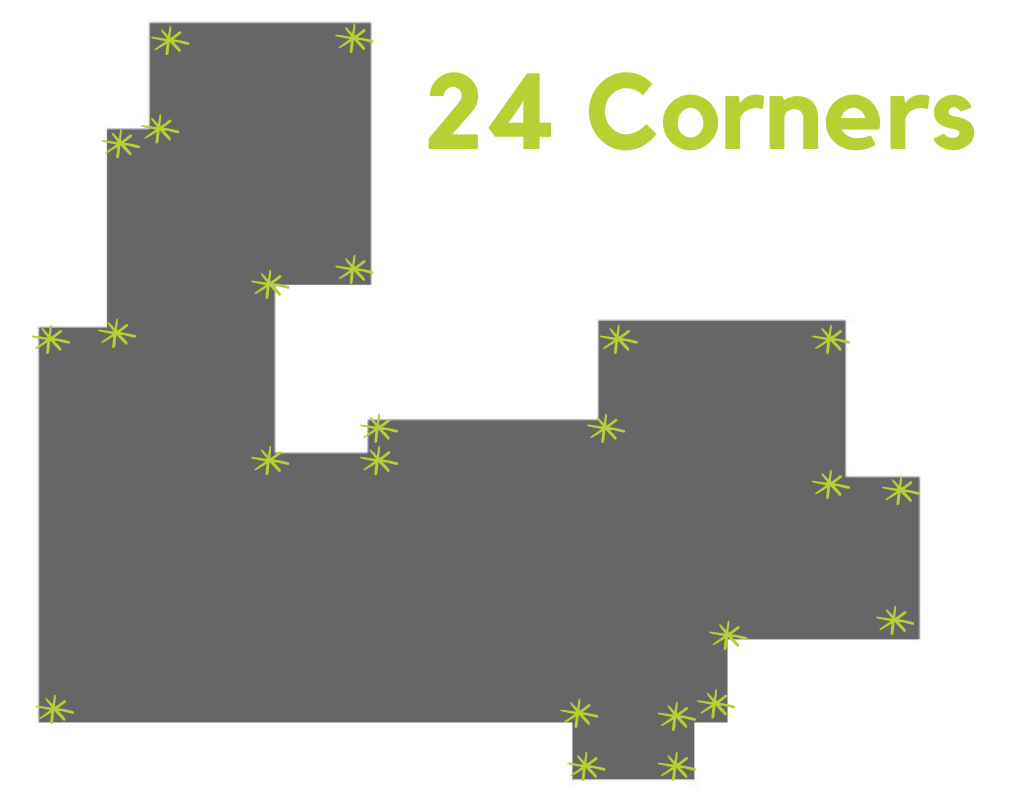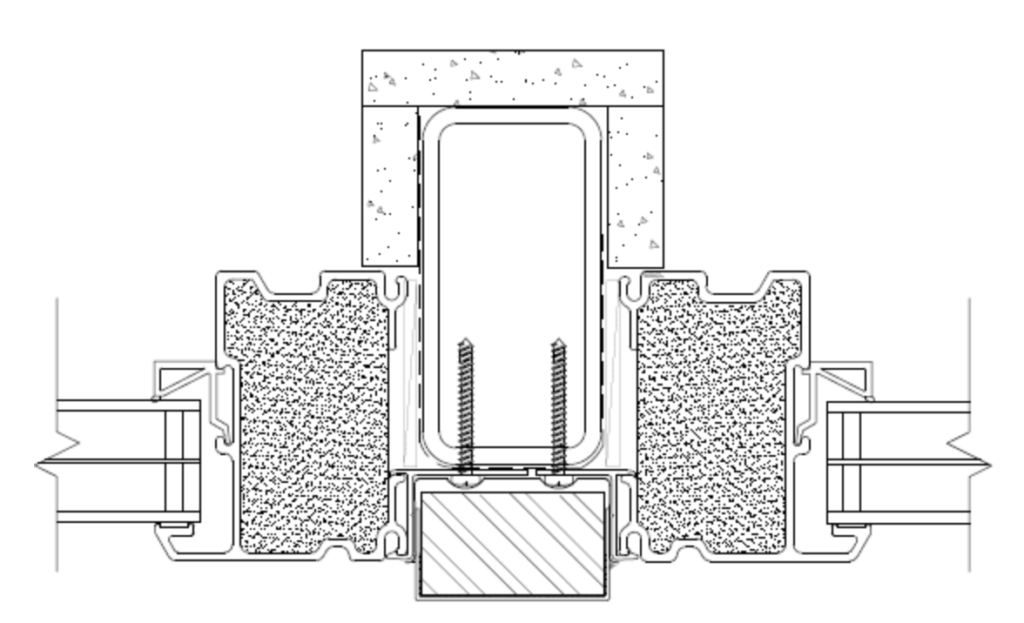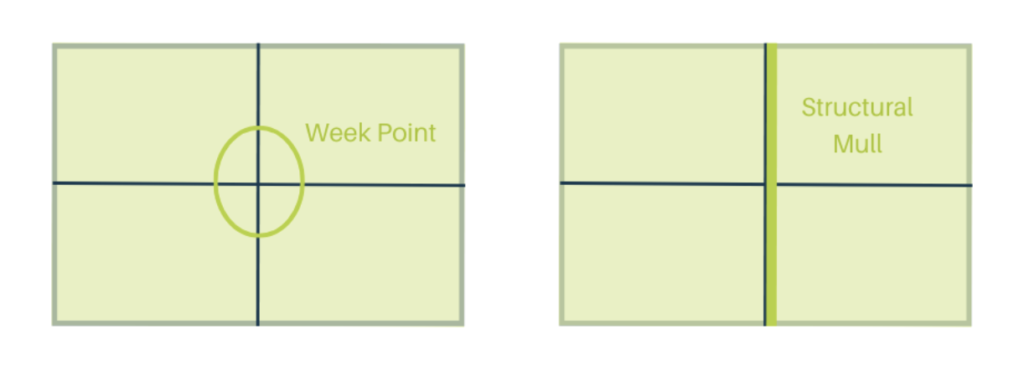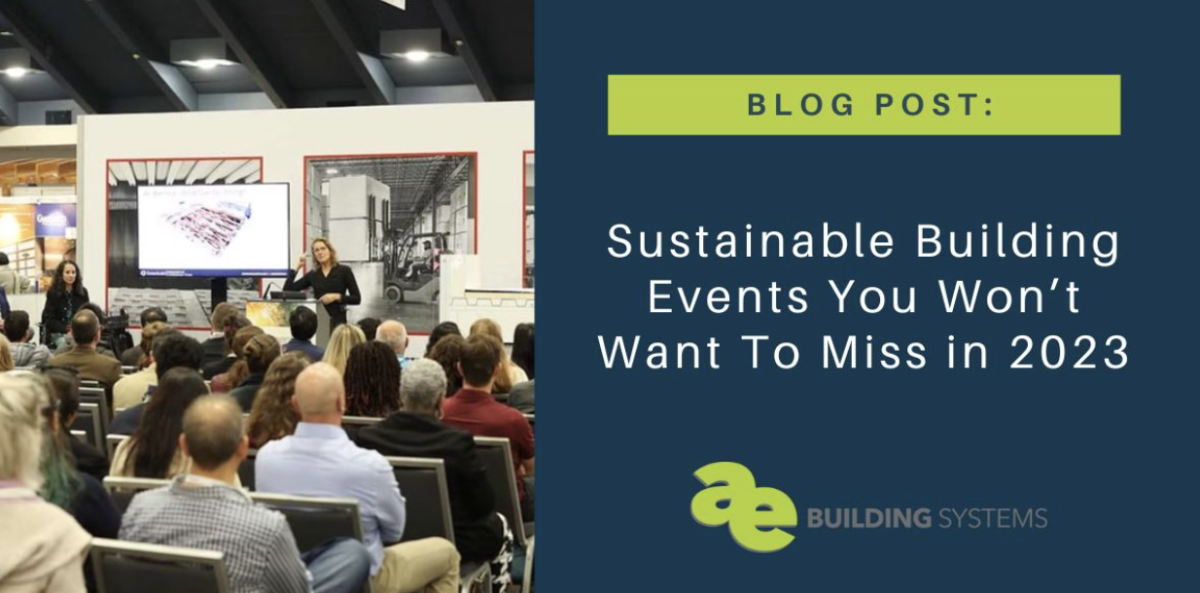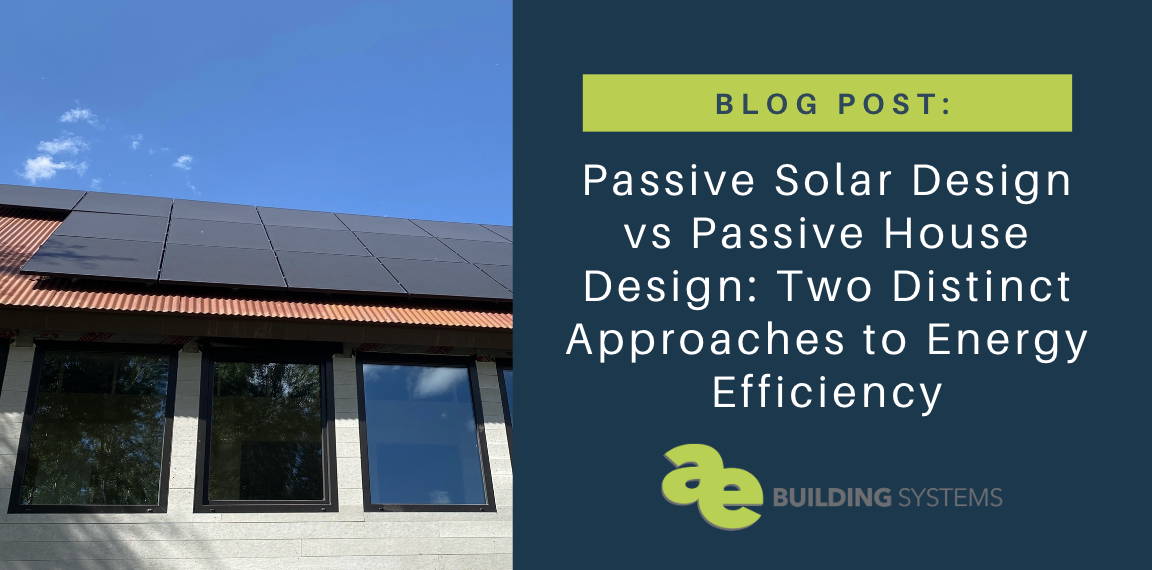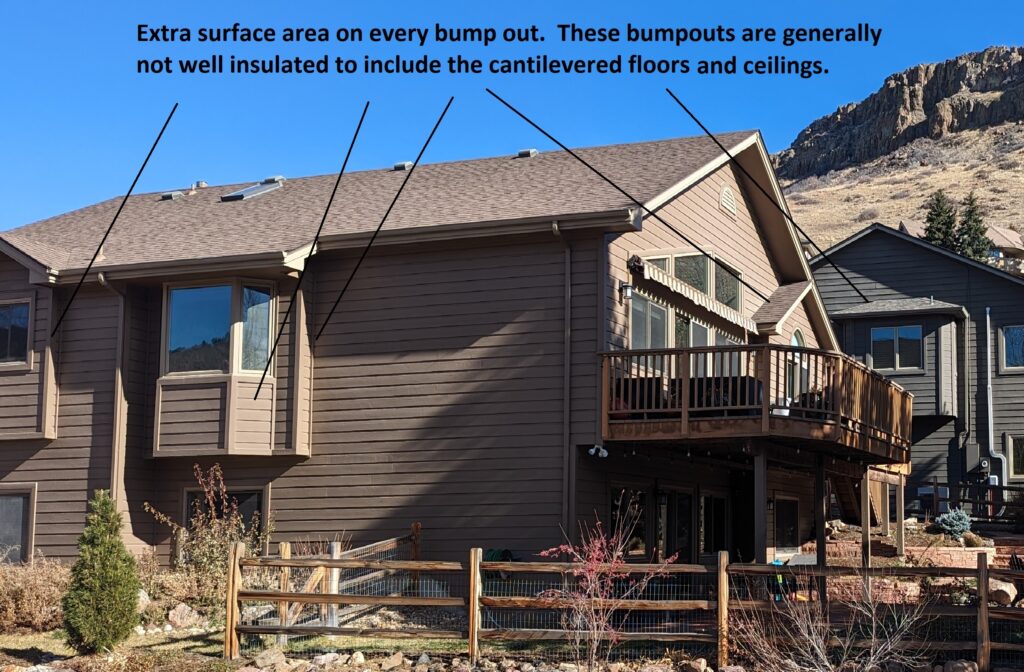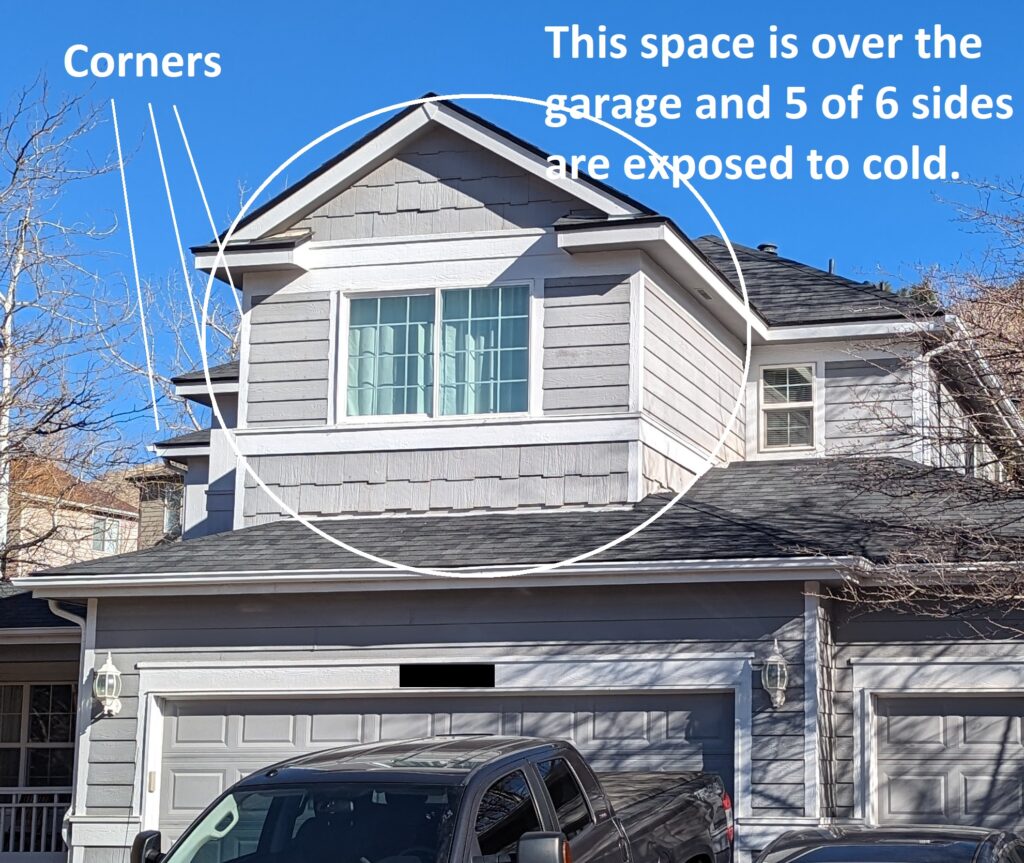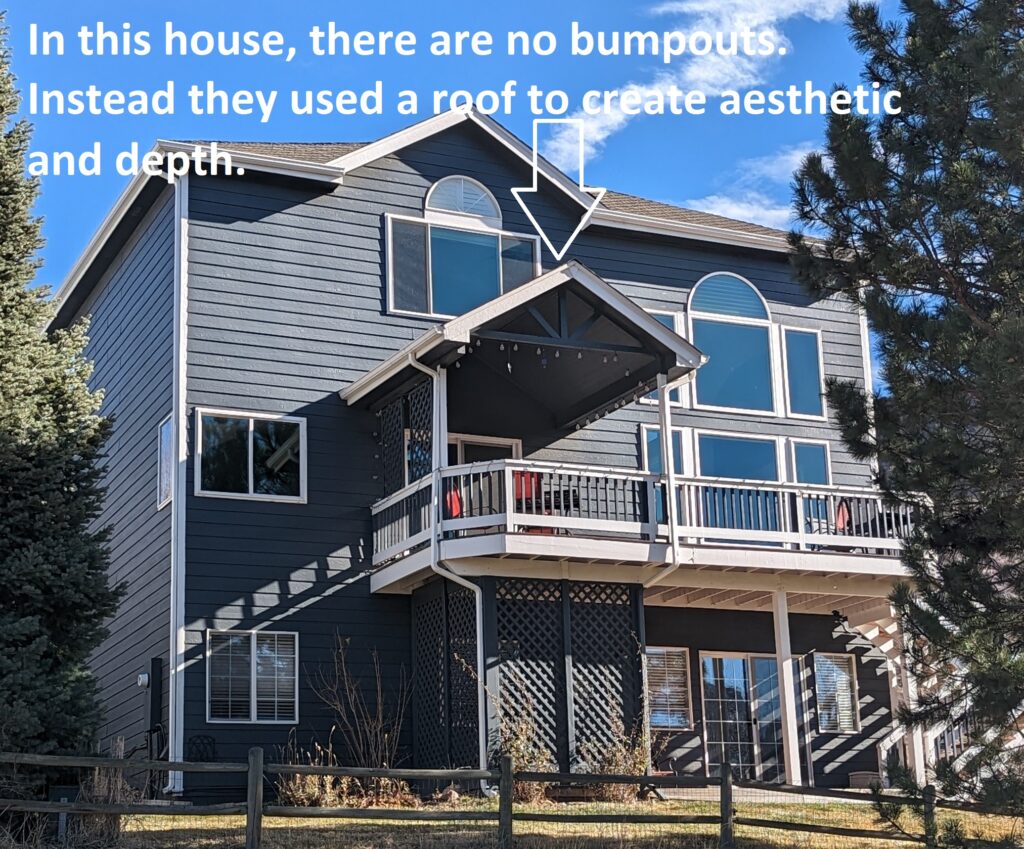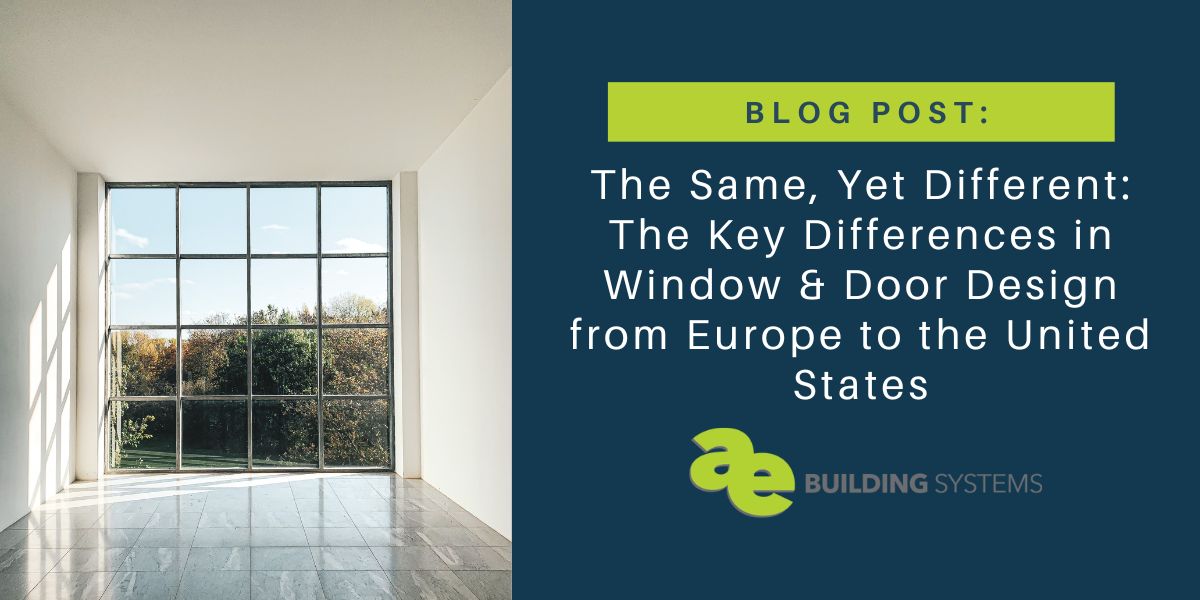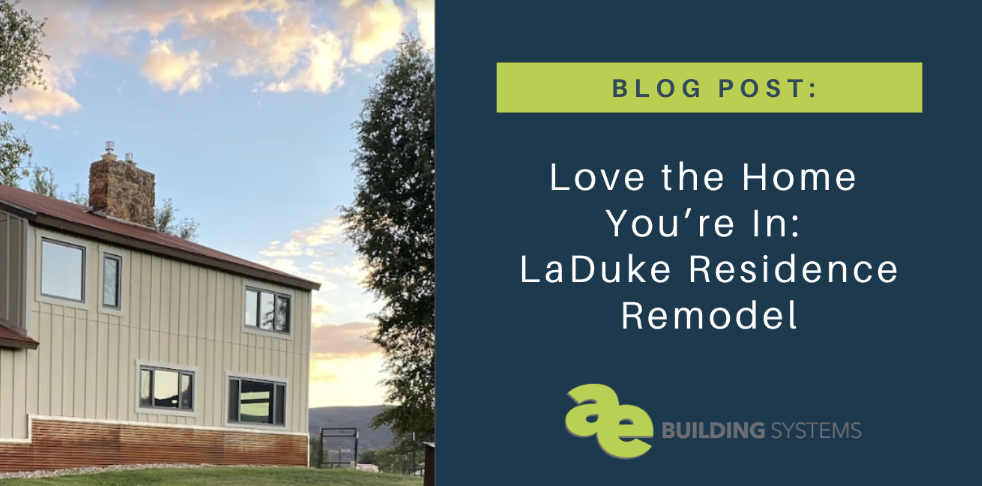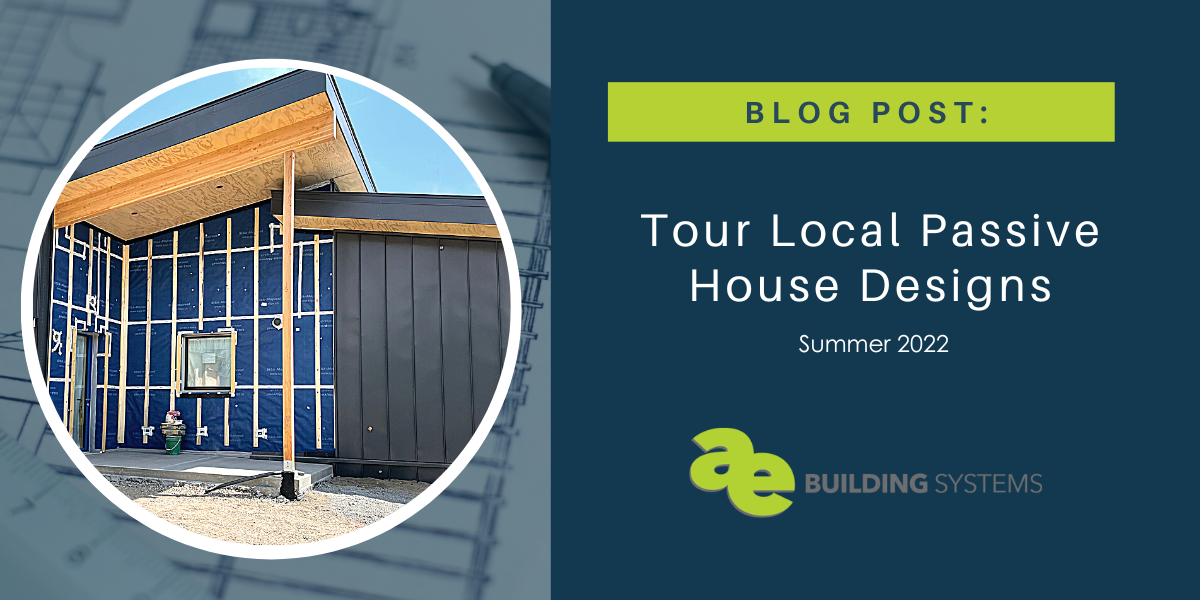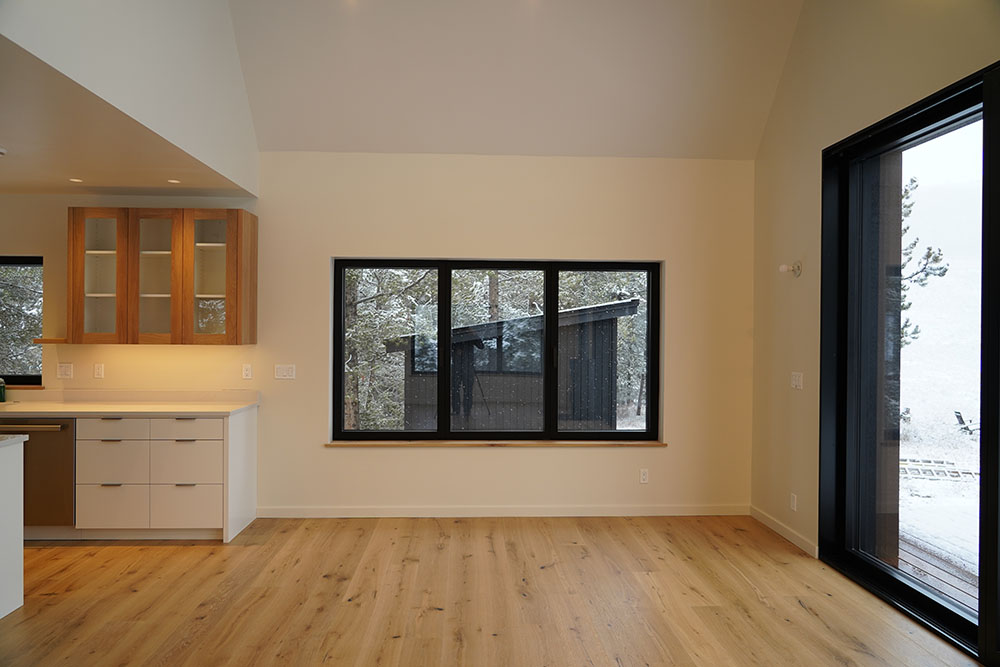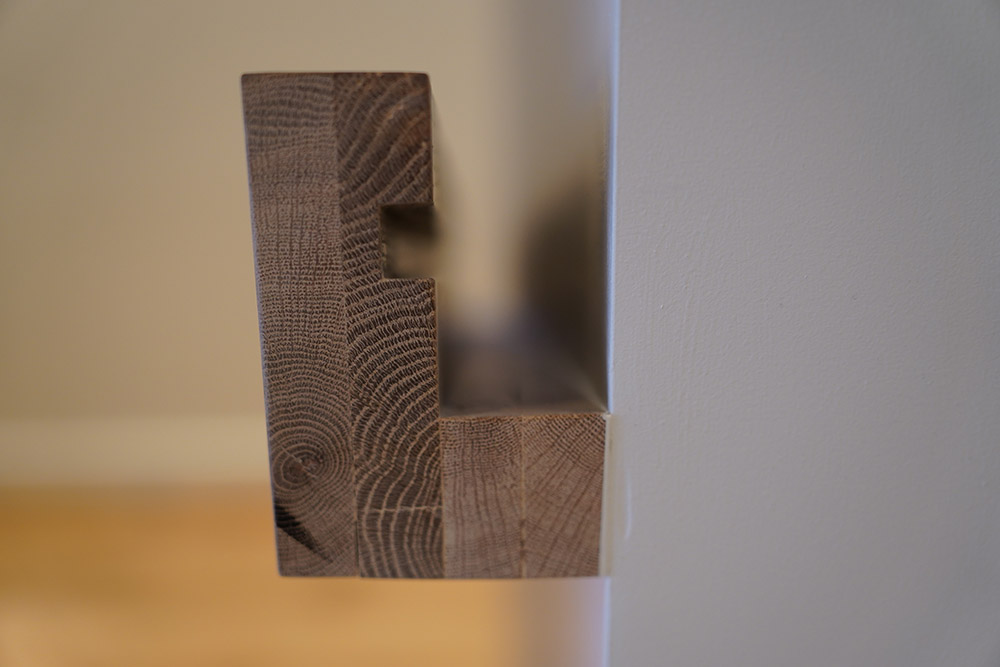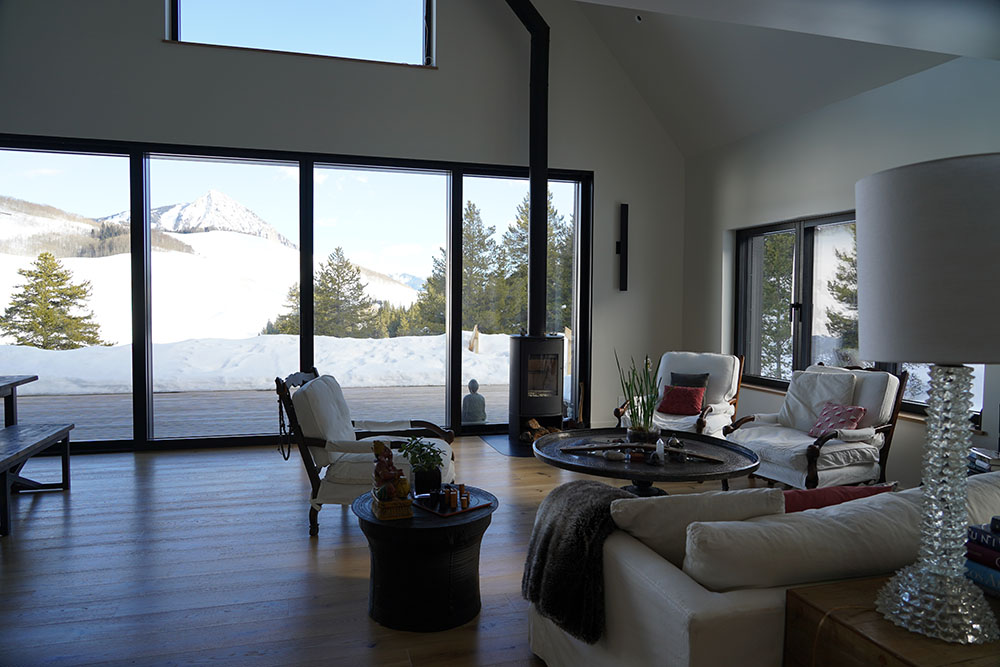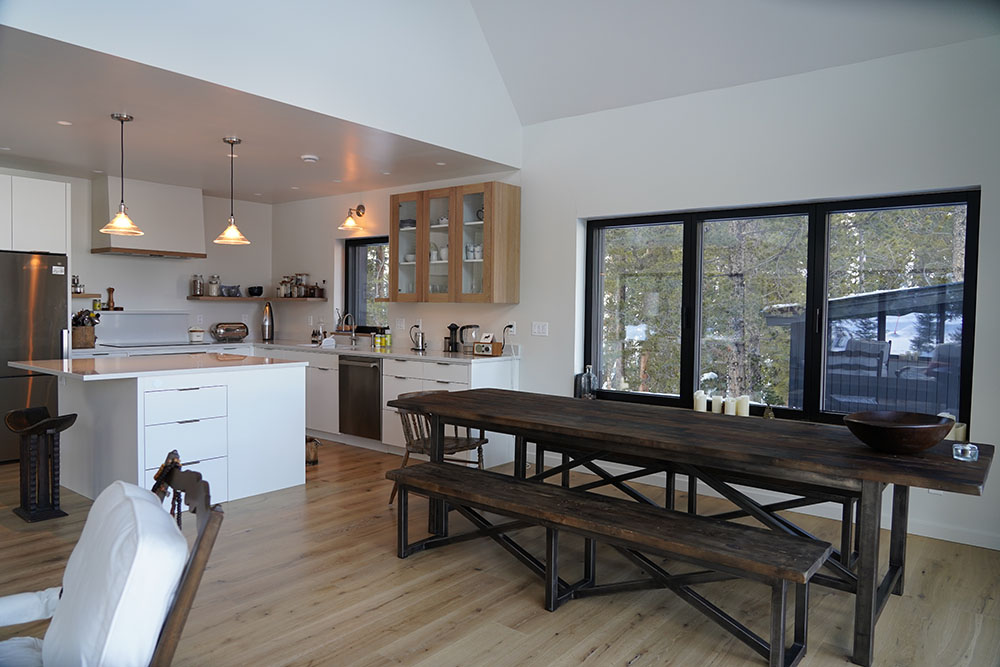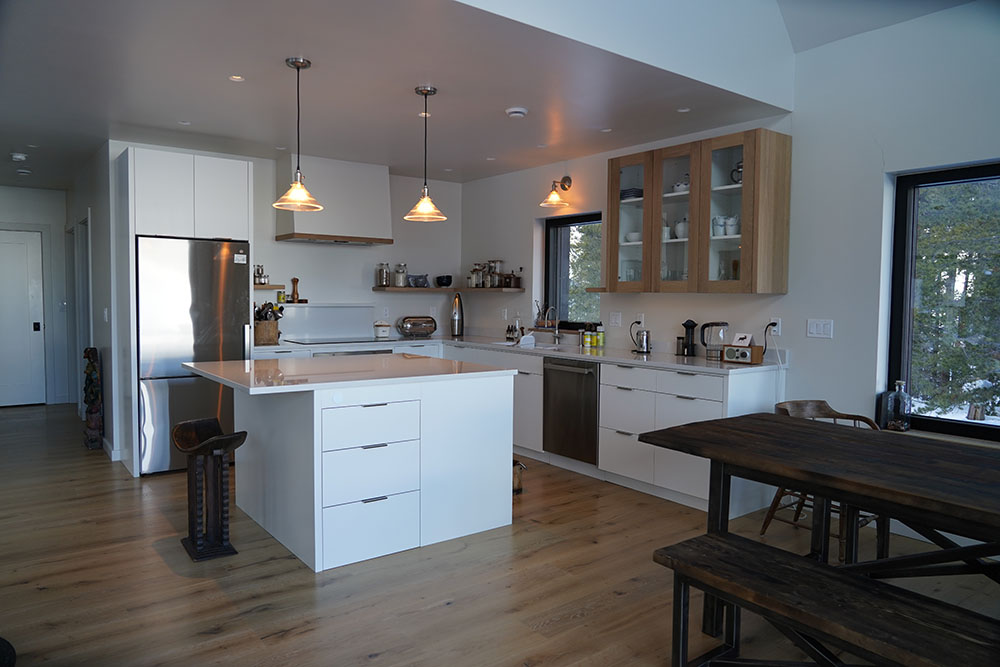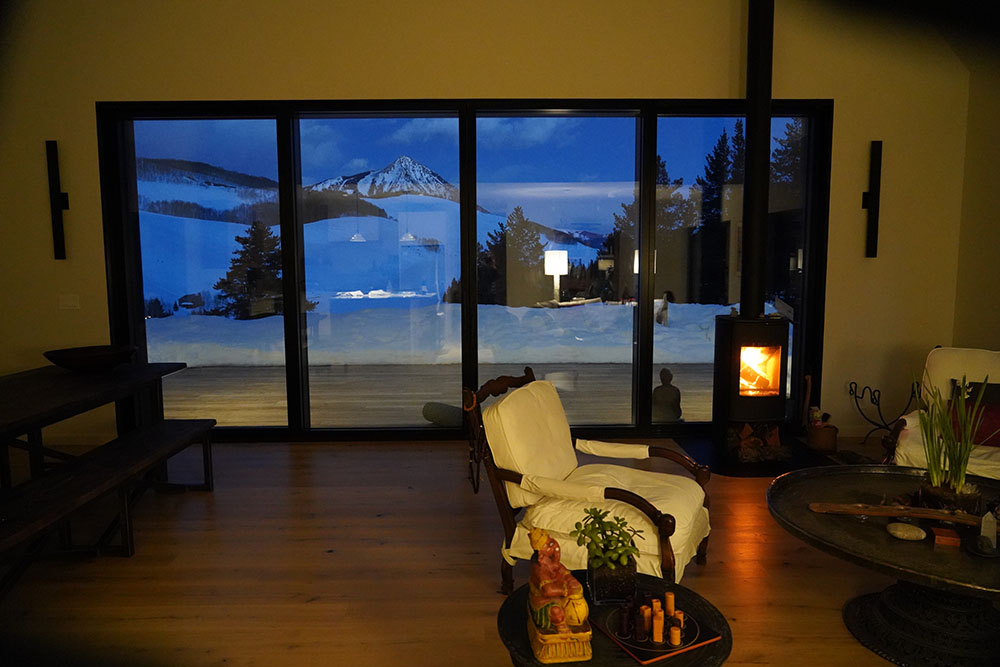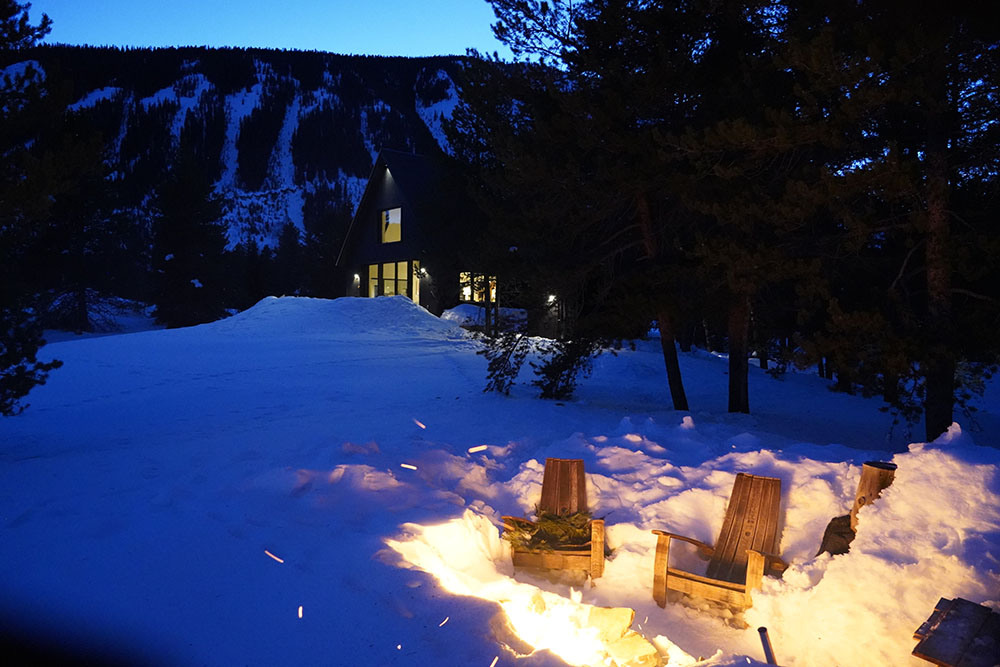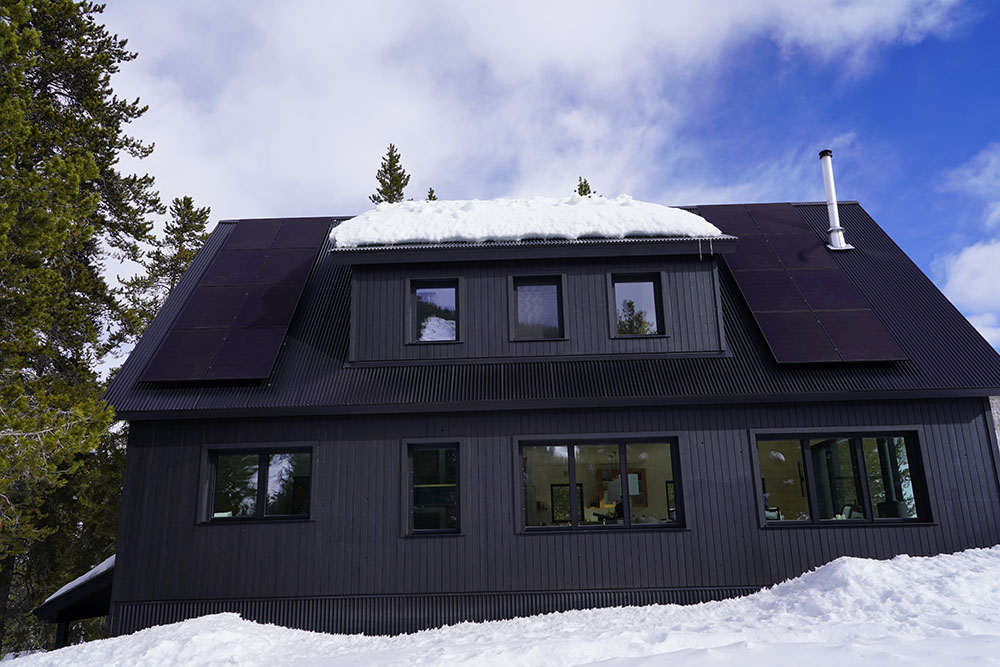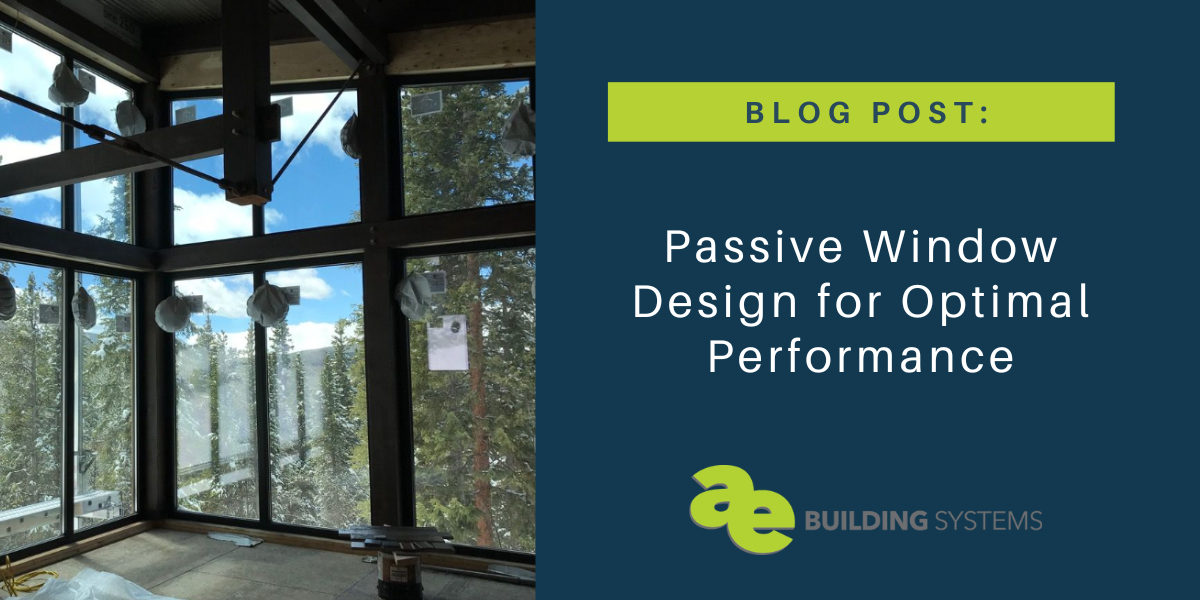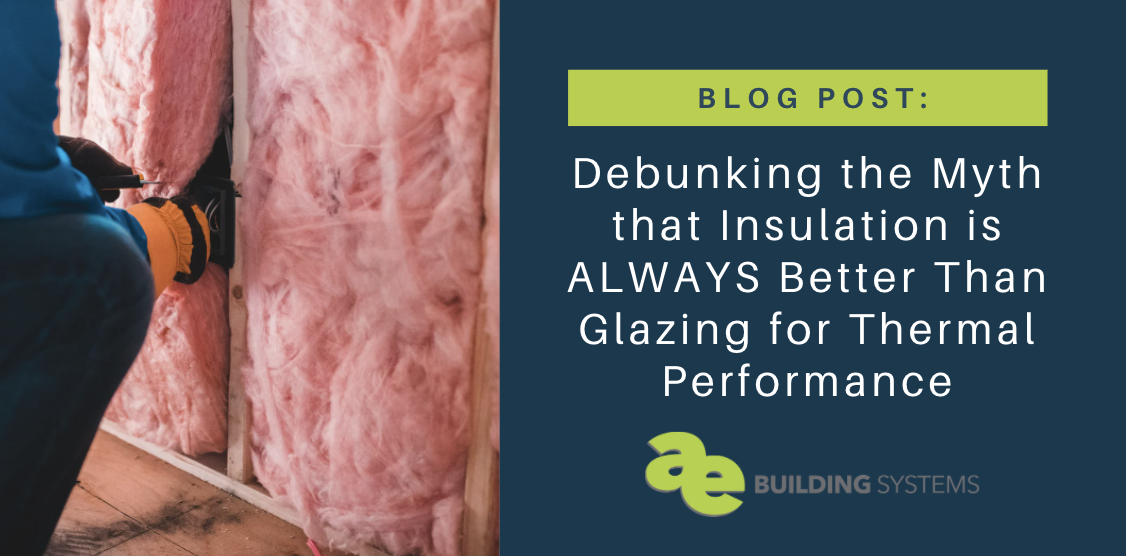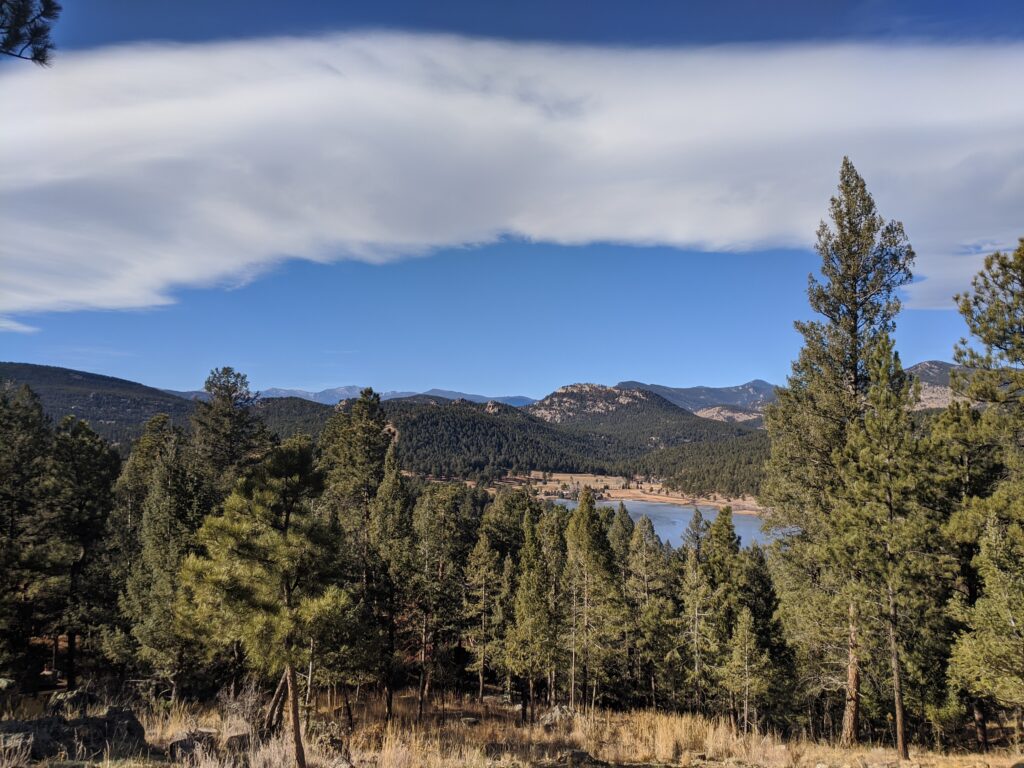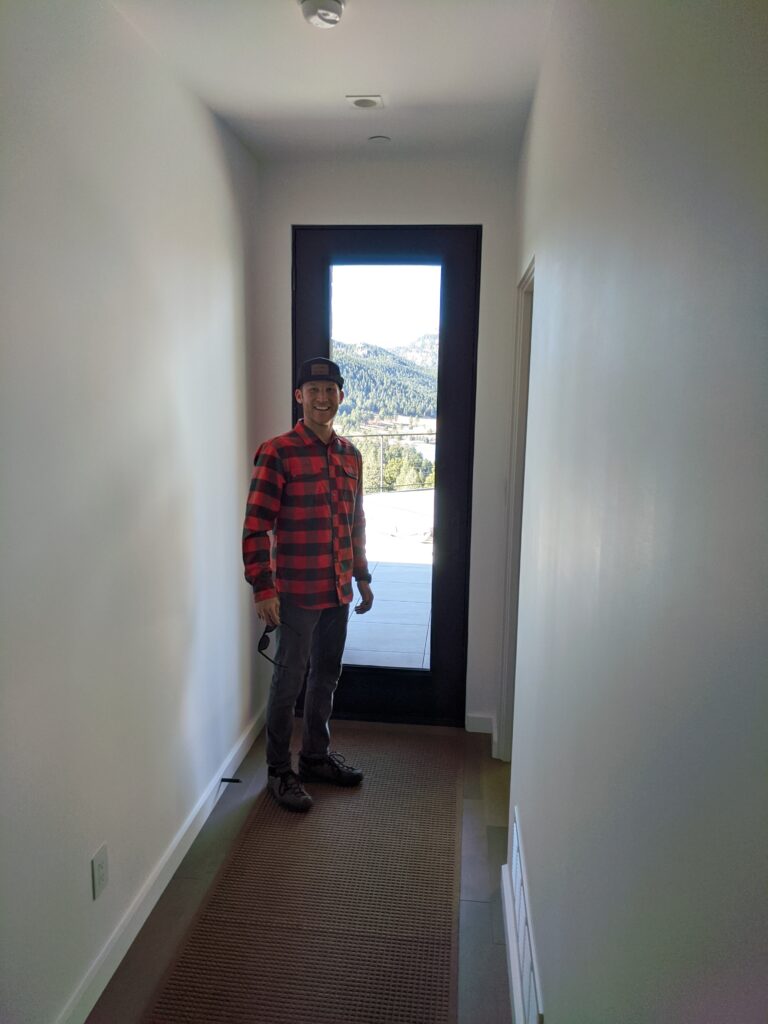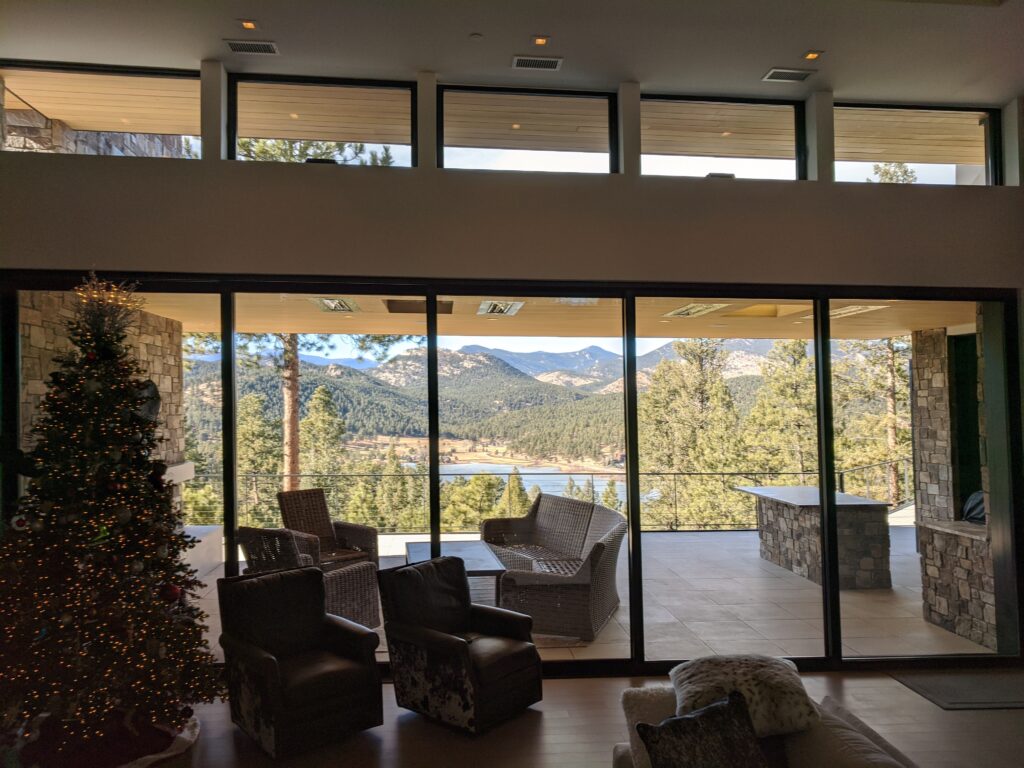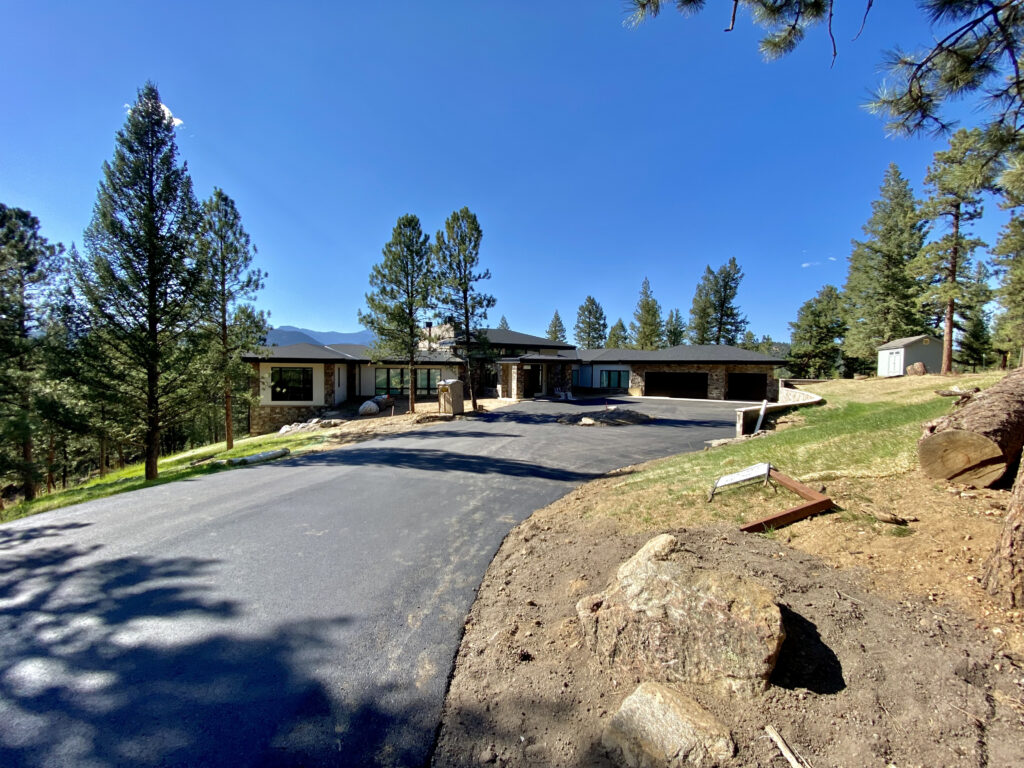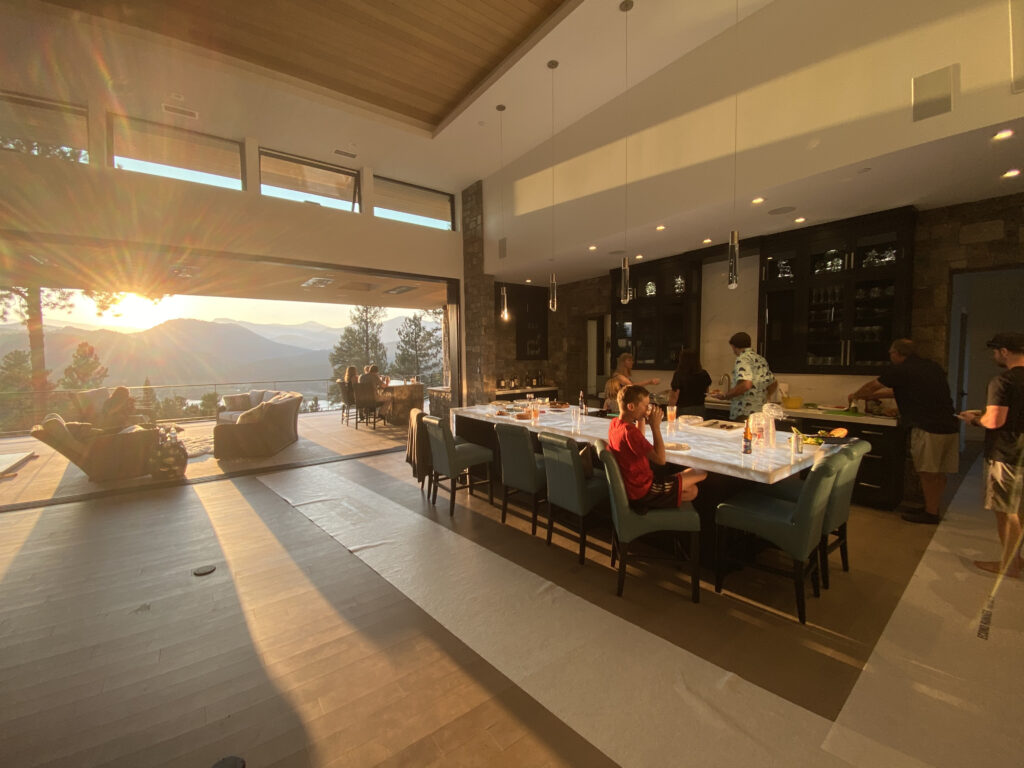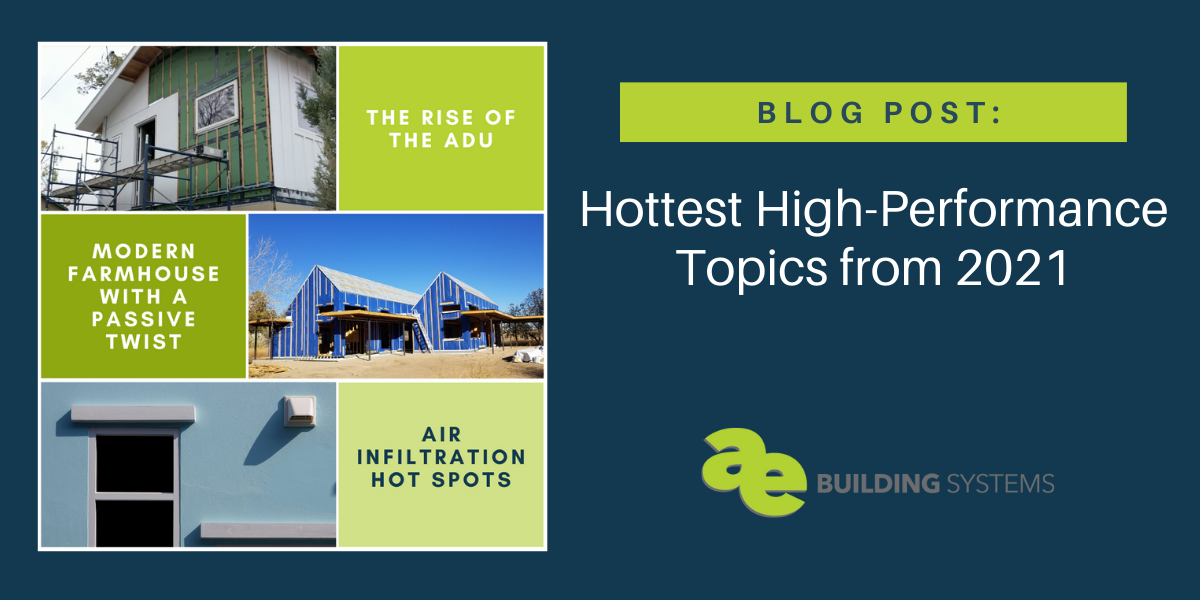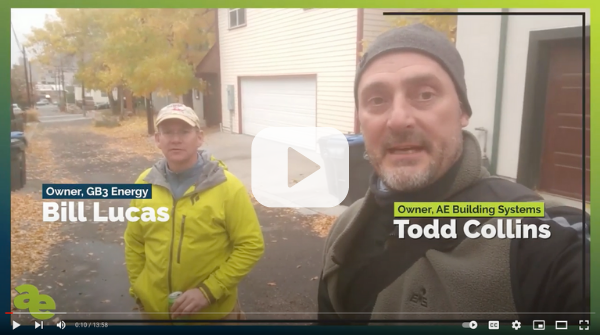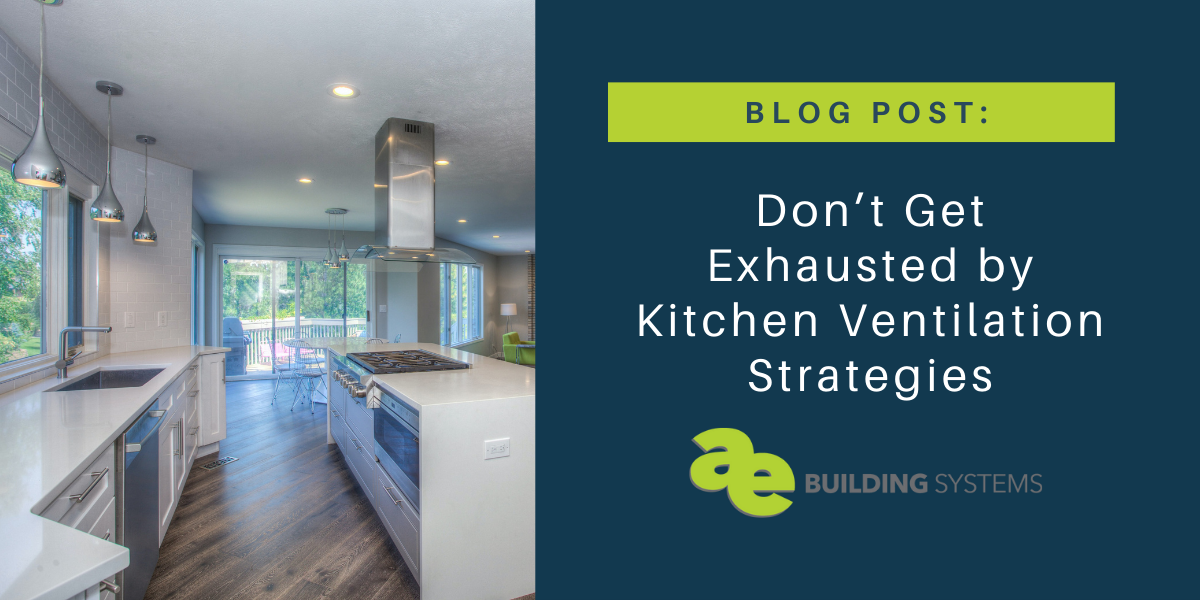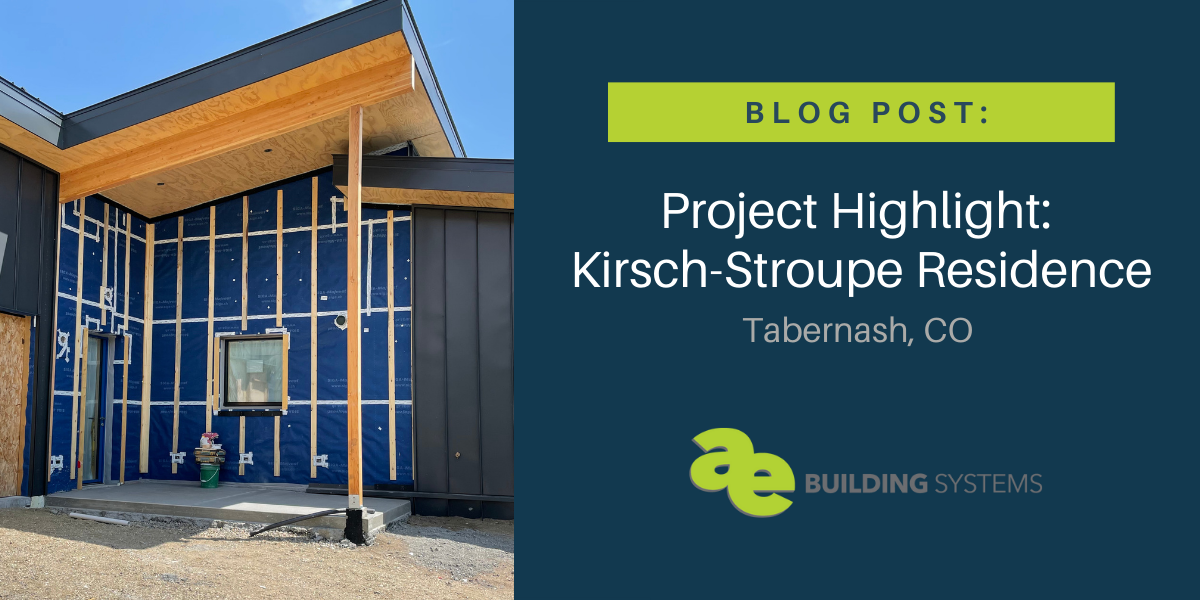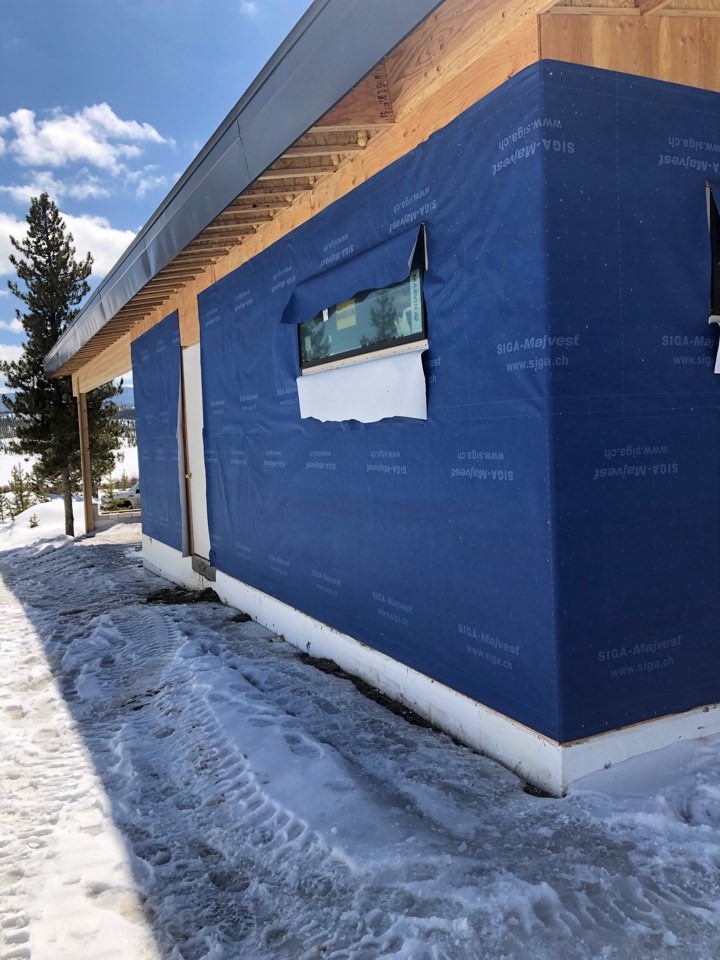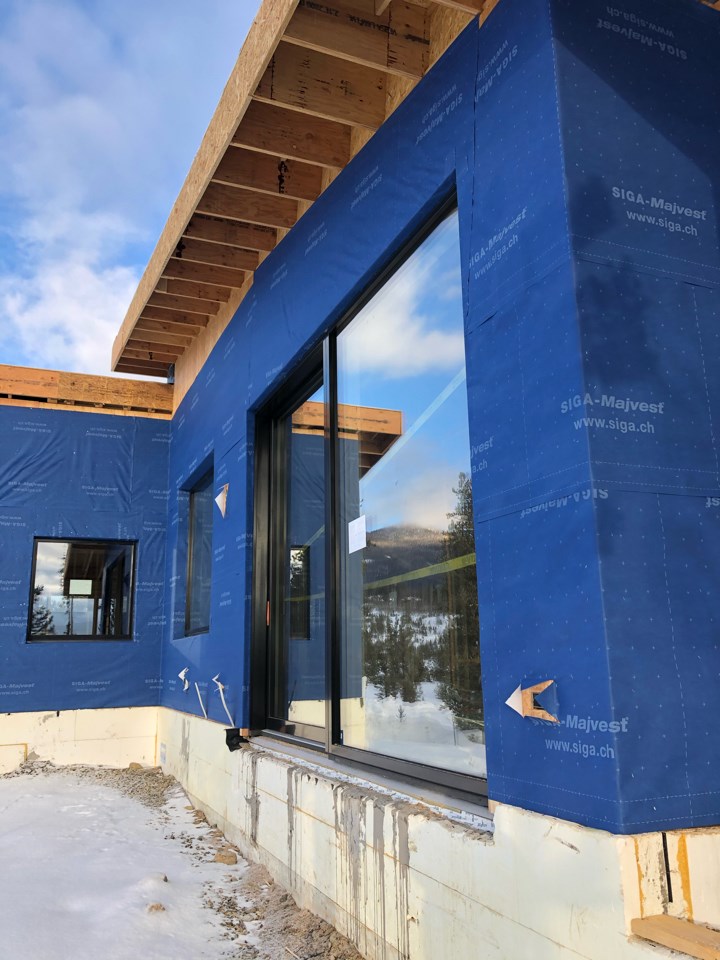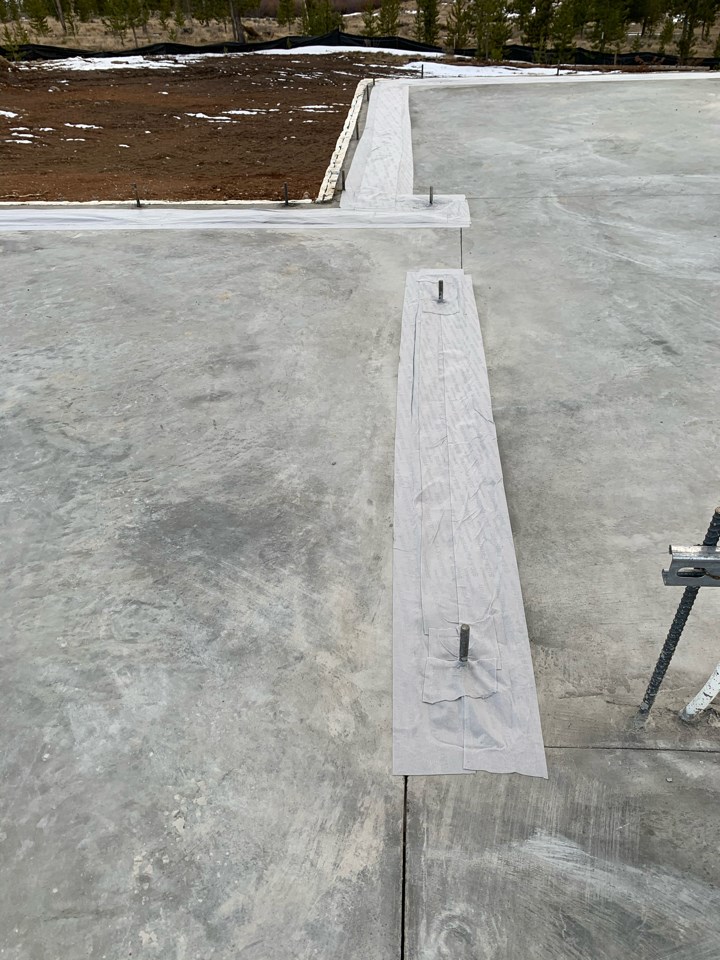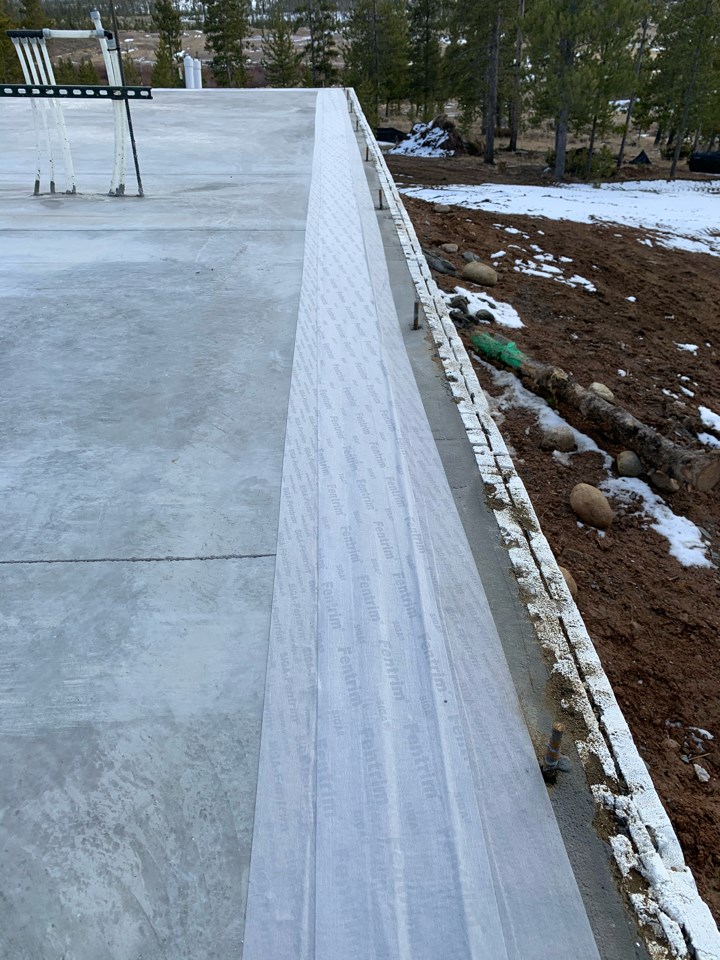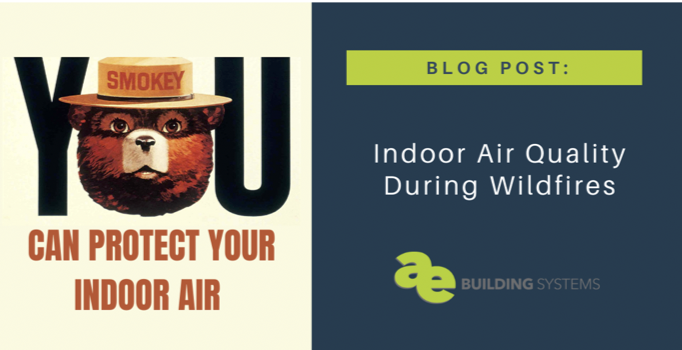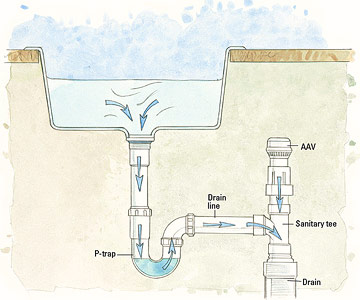The window industry has been waiting for this moment. Alpen’s new Tyrol series represents a quantum leap forward in uPVC window technology, offering distinct styles that deliver what architects and builders have been demanding: exceptional energy performance, versatile design options, and construction that meets or exceeds Passive House standards.
Two Distinct Styles, One Extraordinary Performance Standard
Tyrol Edge redefines sleek modernism with its ultra-slim profile featuring just a 1/4″ frame offset, creating maximum glass visibility and an aluminum-like aesthetic perfect for contemporary designs. The squared-off frame and slim lines reduce visual bulk while achieving up to an impressive R-10 fixed and R-9 operable performance.
Tyrol Contour offers the best of both worlds with traditional rounded frame styling and a 3/4″ frame offset. The medium-depth frame provides extra insulating chambers, delivering the highest performance in the series with up to R-11 fixed and R-9 operable ratings – ideal for Passive House applications.
Performance That Sets New Standards
All Tyrol series deliver exceptional thermal performance that makes code compliance effortless:
- Whole-window R-values up to R-11 easily meet Passive House and stretch code requirements
- Air infiltration as low as 0.01 CFM/sq. ft. – well above industry standards
- Design pressures from CW-50 to CW-100+ handle extreme weather conditions
- Frame U-factors range from 0.13 to 0.18, depending on series and configuration
The innovation lies in each series’ unique construction approach. Edge and Contour feature continuous strand fiberglass with 100% recycled uPVC cores, eliminating steel reinforcement in sashes while maintaining structural integrity.
Sizing and Versatility
Tyrol windows accommodate diverse architectural needs with impressive sizing capabilities. While the original Tyrol product offers large sizes with steel reinforcement for dark colors, Tyrol Edge and Contour push the boundaries further – Edge allows dark colors up to 118″ with lighter-weight PVC reinforcement, while Contour offers similar capabilities with enhanced thermal performance.
European Functionality, American Manufacturing
Tyrol Edge and Contour feature a signature European-style operation with Fixed, Tilt-Turn, Turn-Only, and Hopper configurations available. Both will add Extra-Wide Hopper options in future phases, expanding design possibilities even further.
Color options include the stunning new Anthracite Grey in addition to white, black, and bronze. Handle colors include white, bronze, black, and nickel, complete the customization possibilities.
Manufacturing Excellence
Manufactured in Colorado using precision welding technology, Tyrol windows represent the first and only seamless weld technology in the USA. Edge and Contour utilize precision machine-built processes for consistent quality.
Ready to Transform Your Projects?
Whether you need the sleek modernism of Edge or the ultimate performance of Contour, there’s a Tyrol solution for nearly every project. Contact our team at AE Building Systems today to discover how Tyrol windows can elevate your next project. Superior performance, diverse options, and reliable American manufacturing – all backed by Alpen’s expertise.



